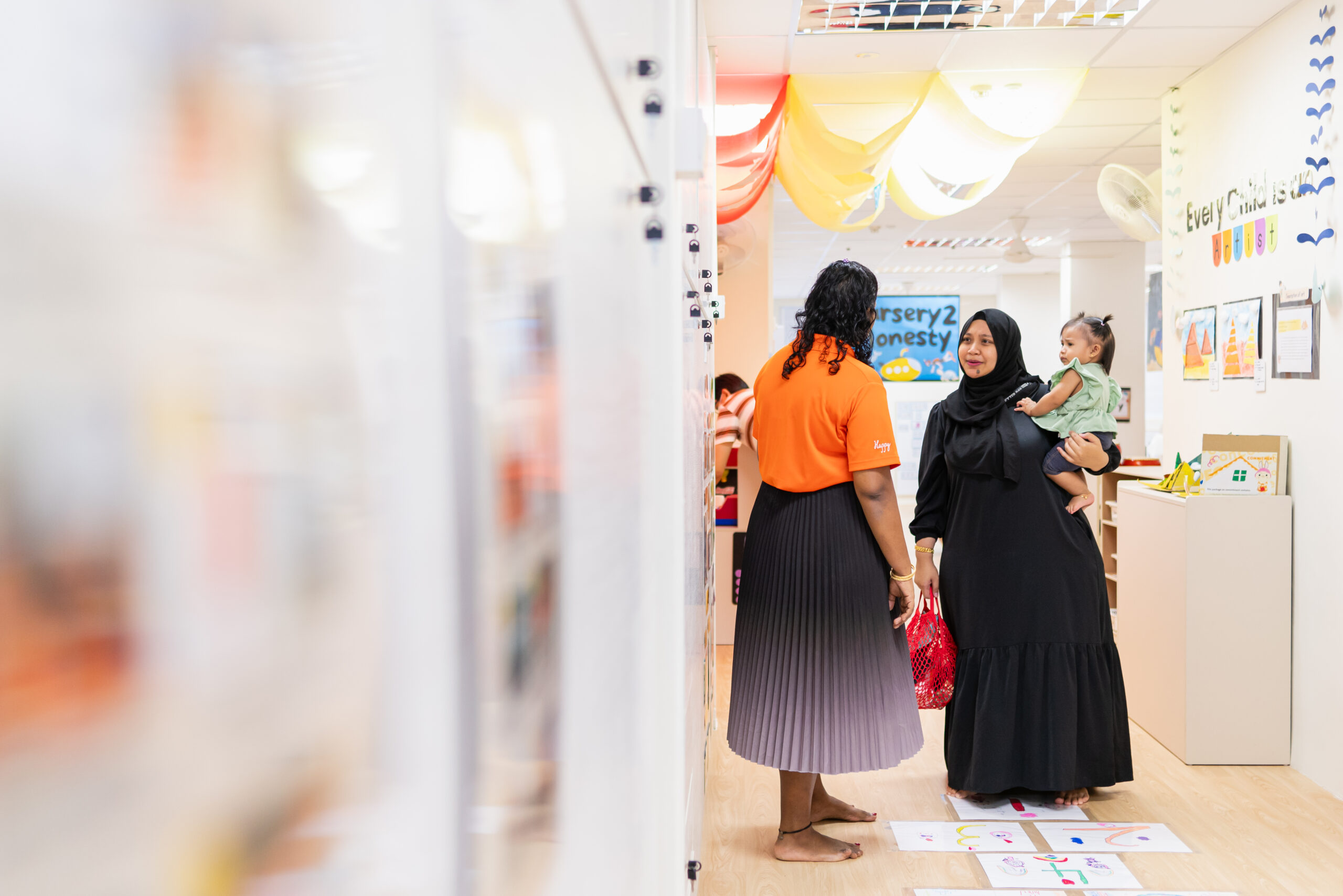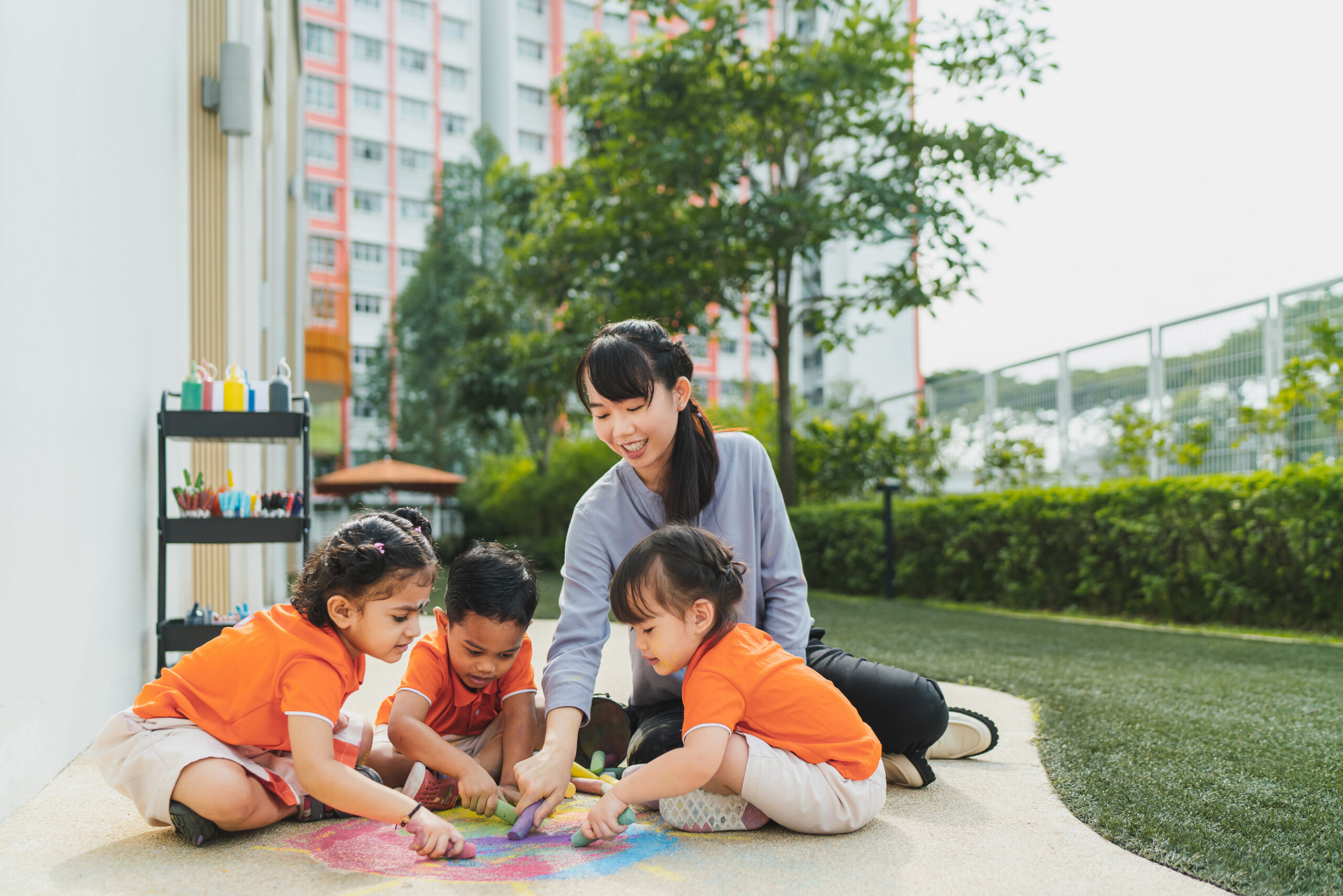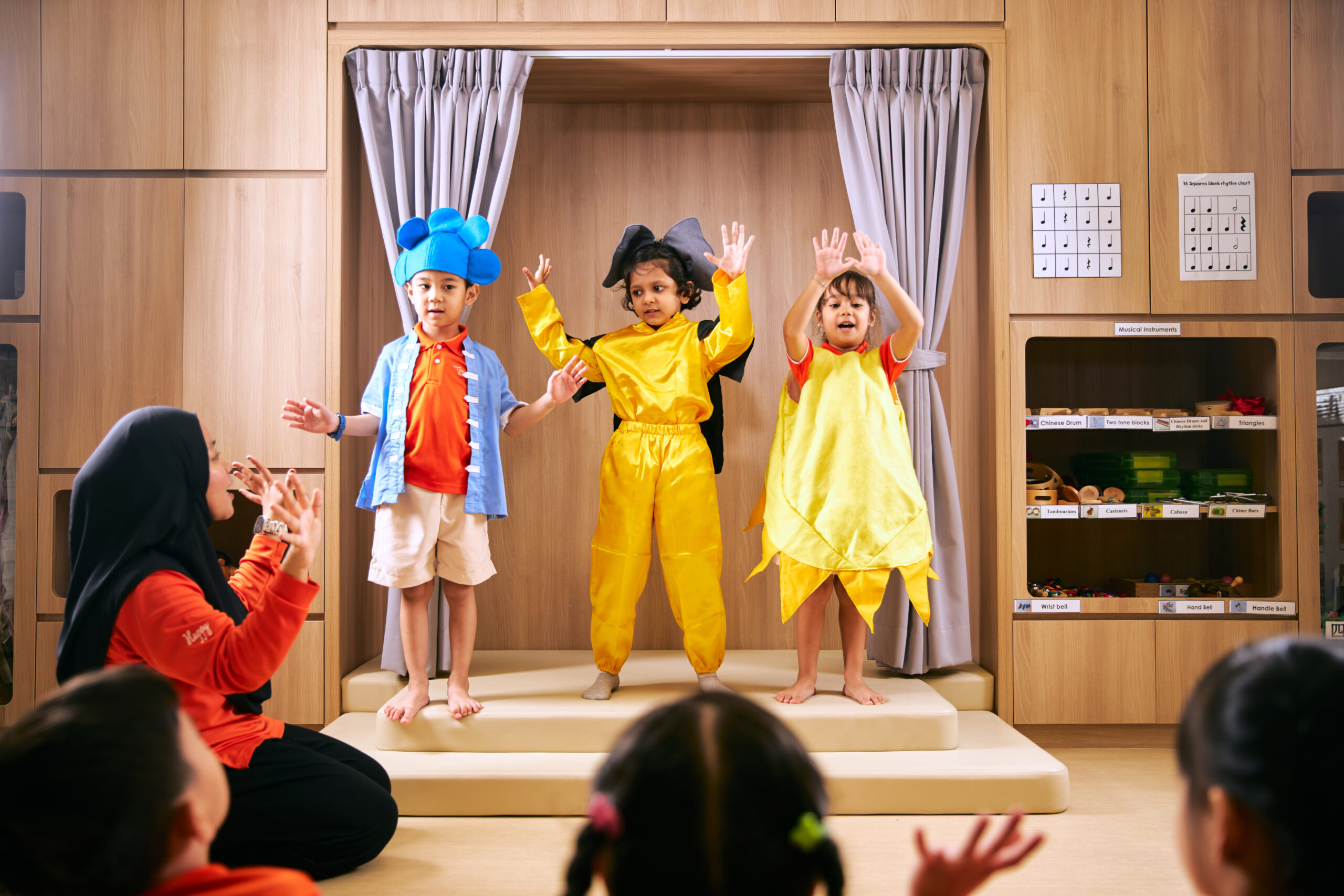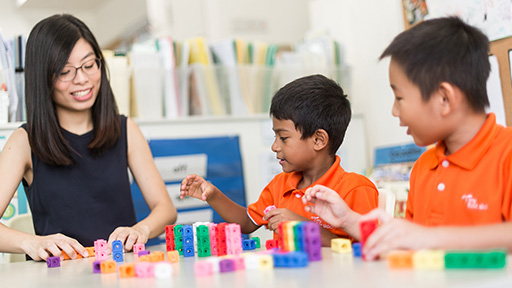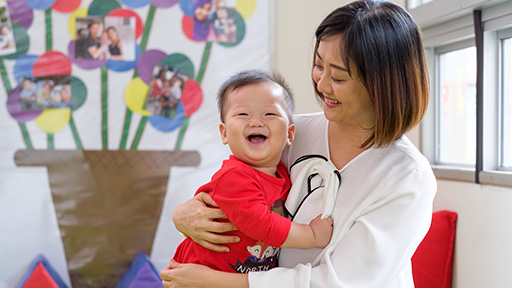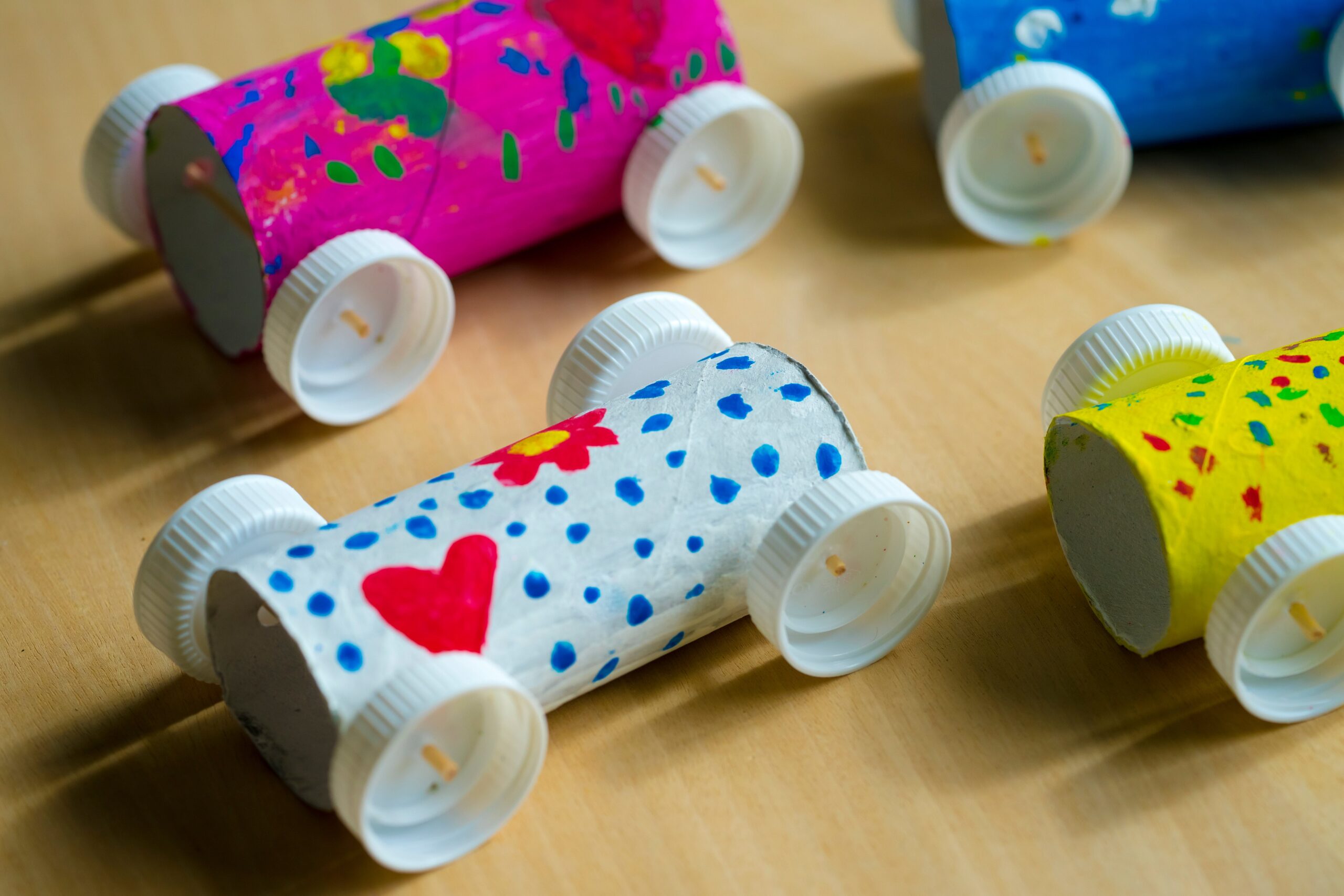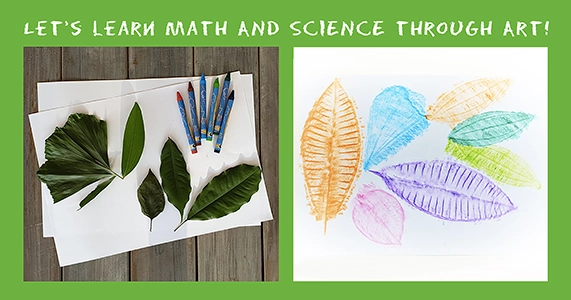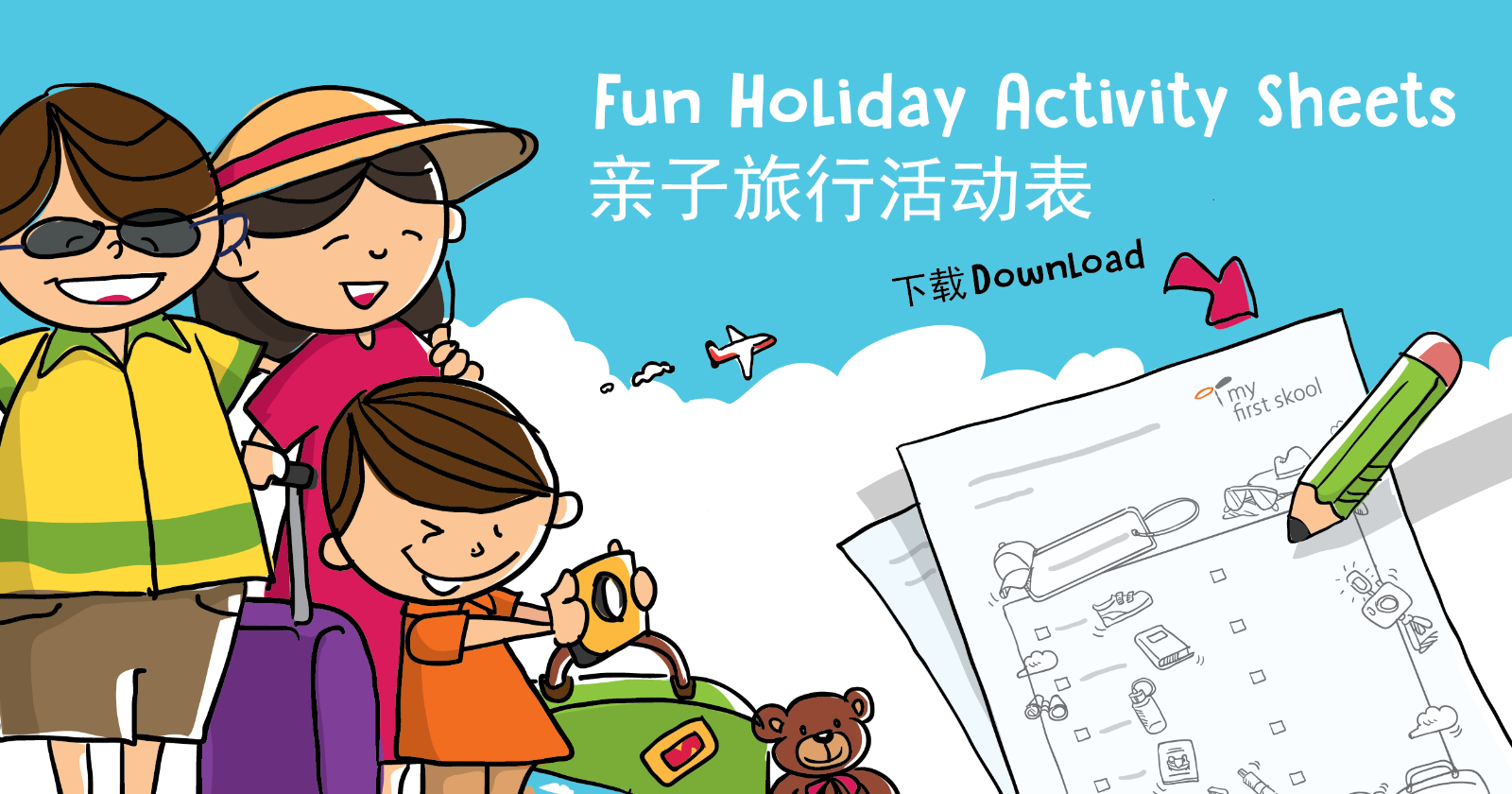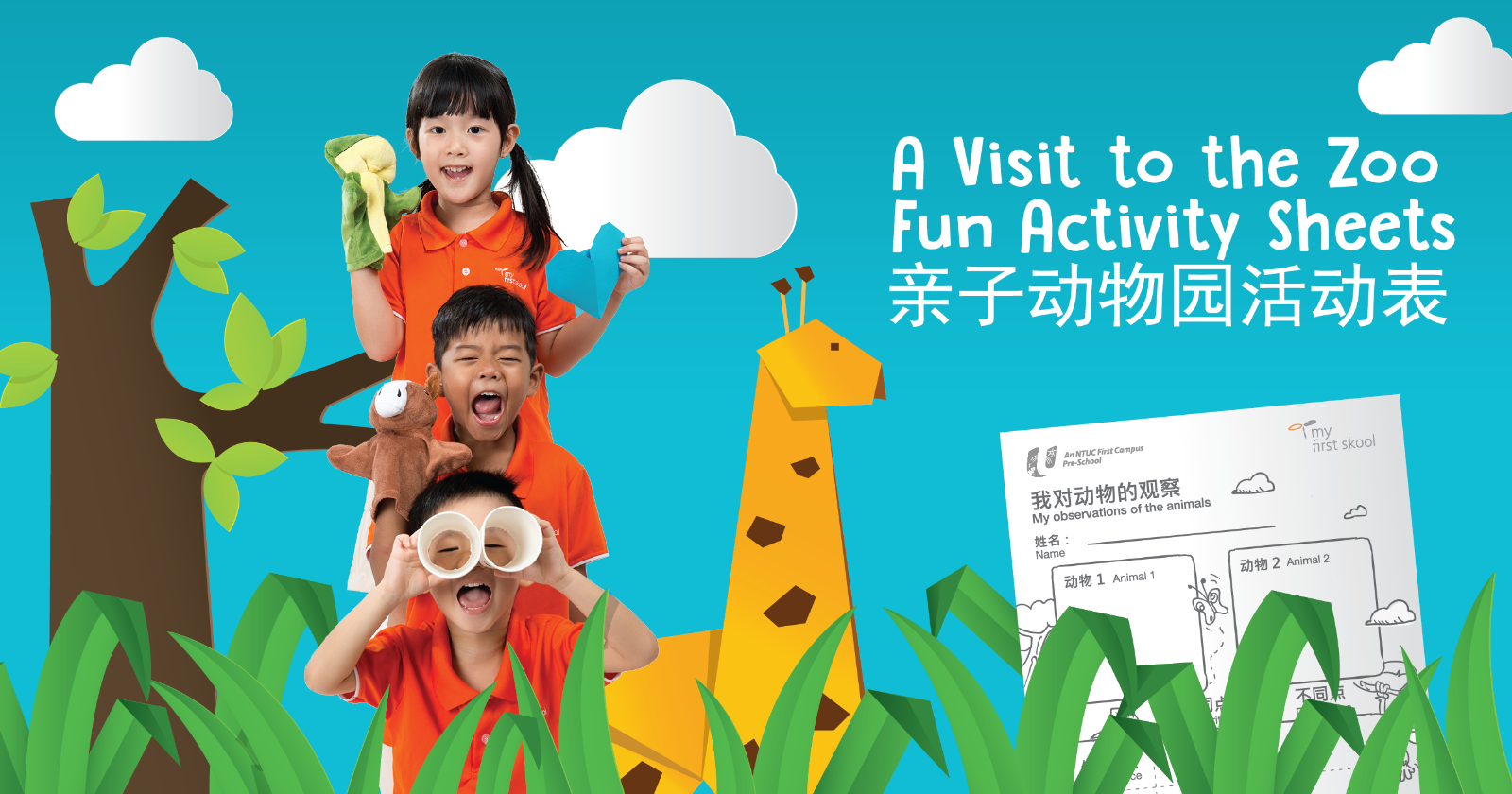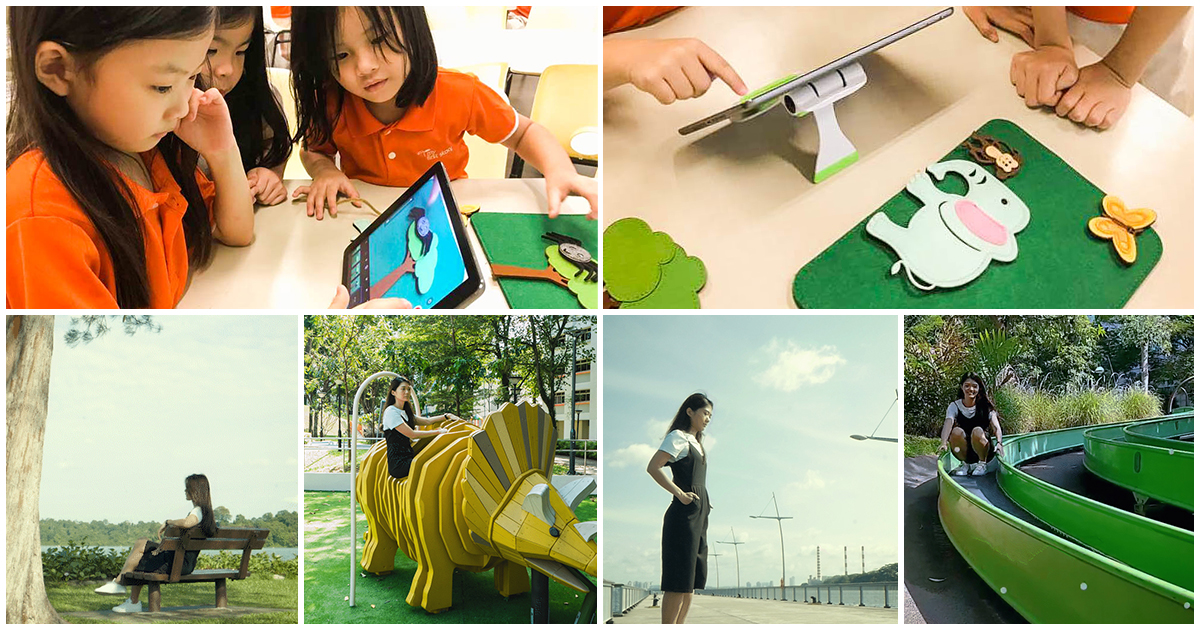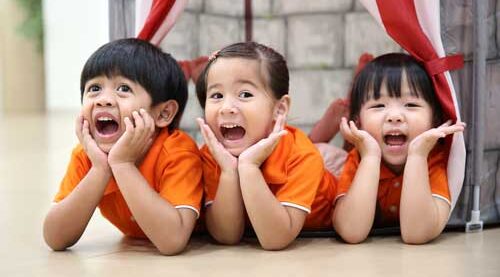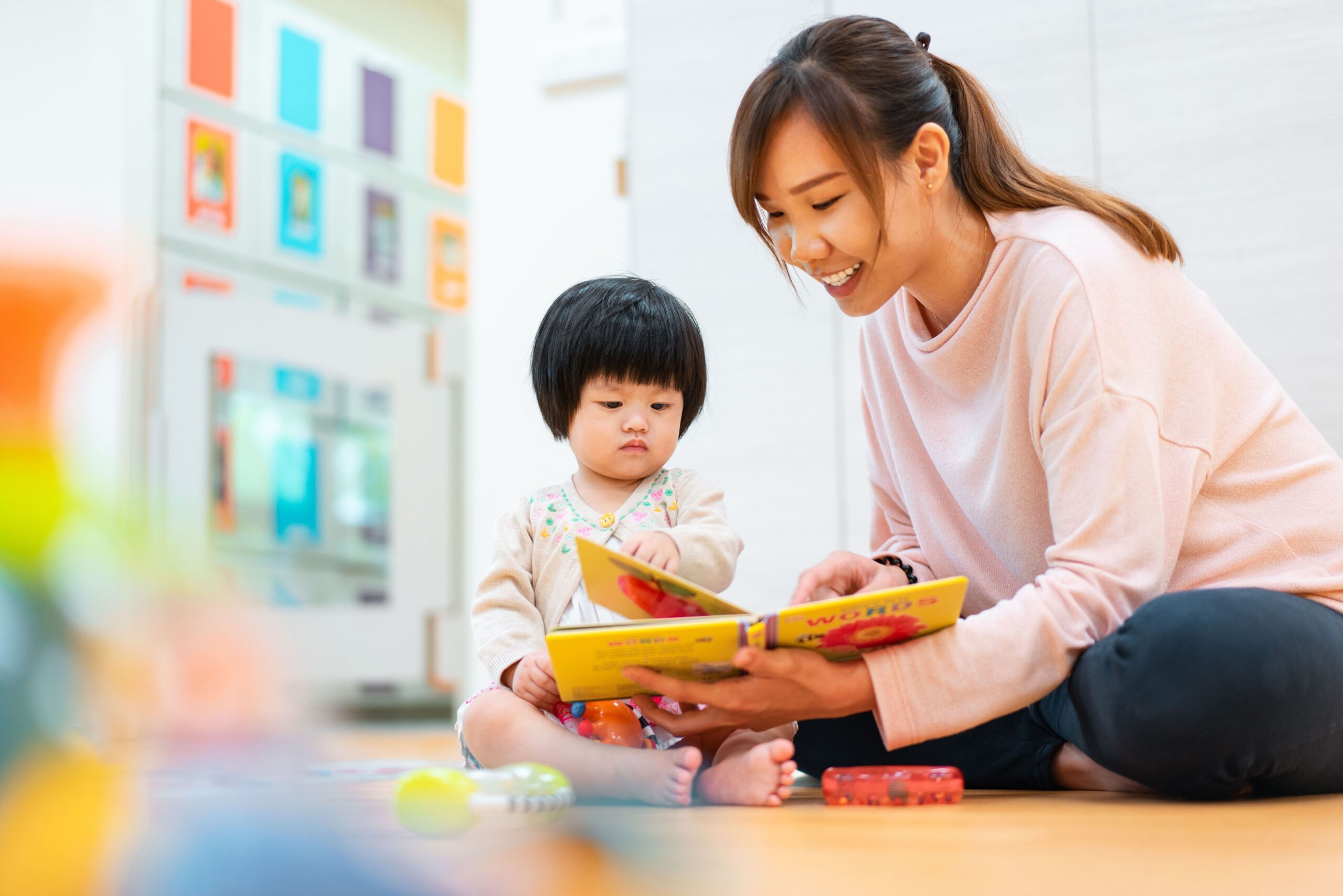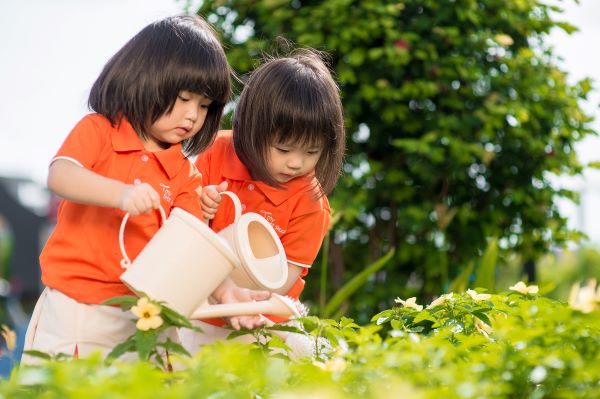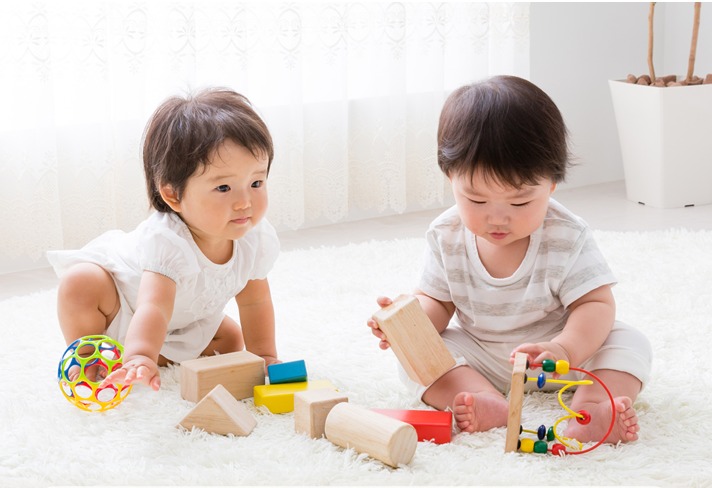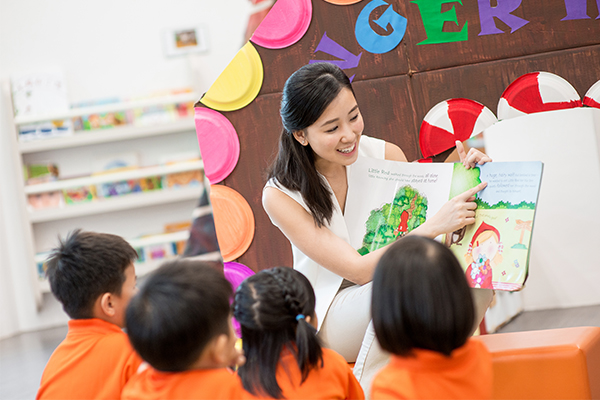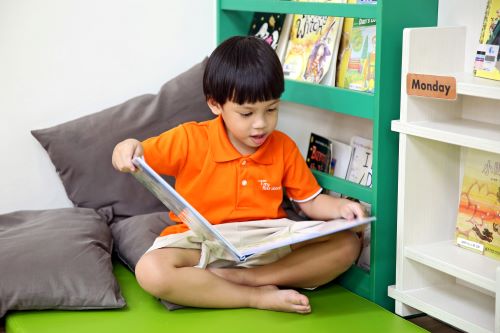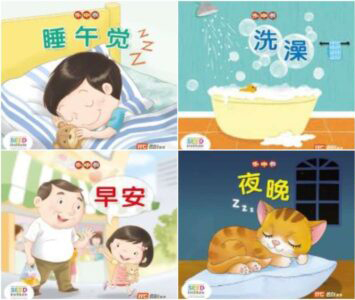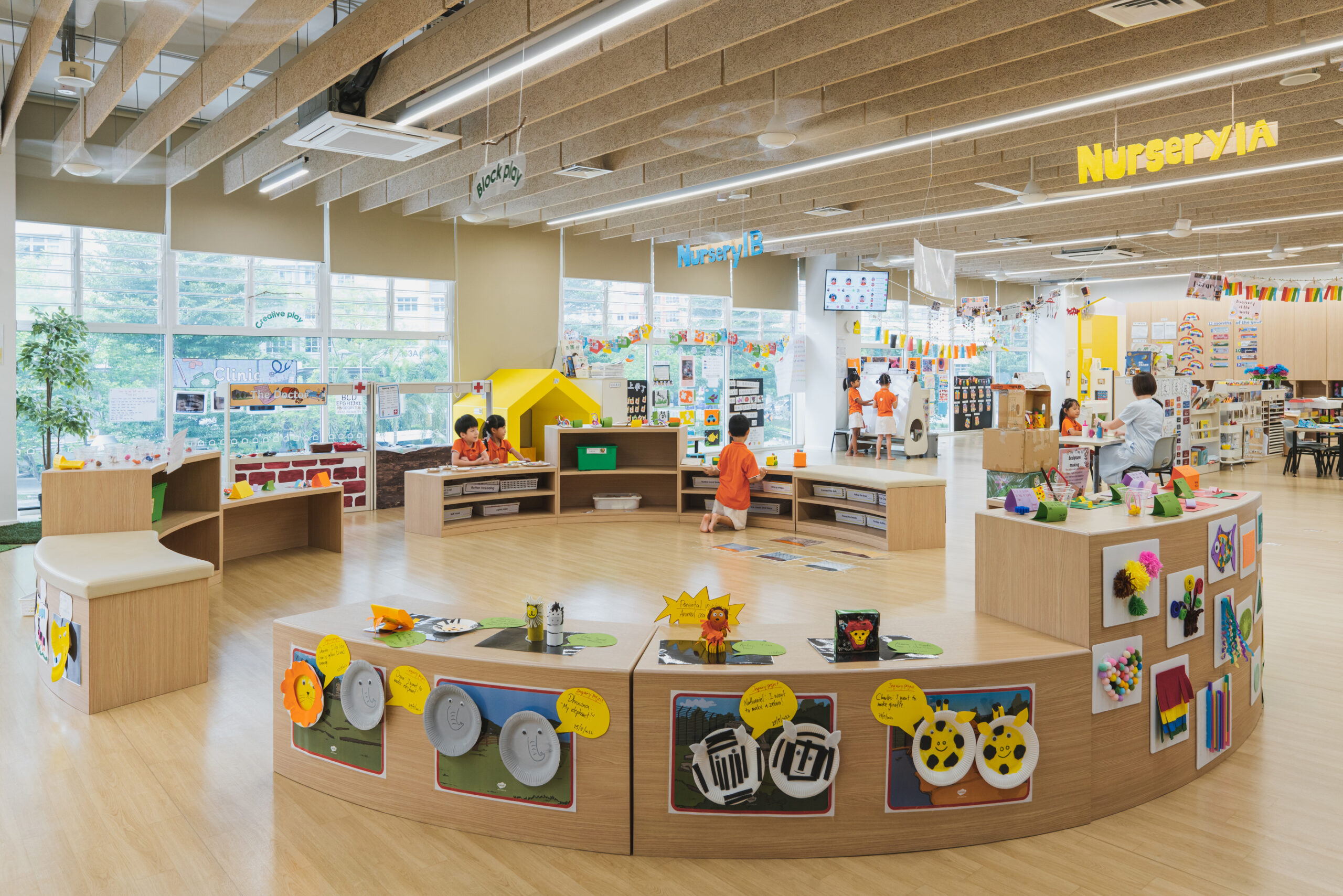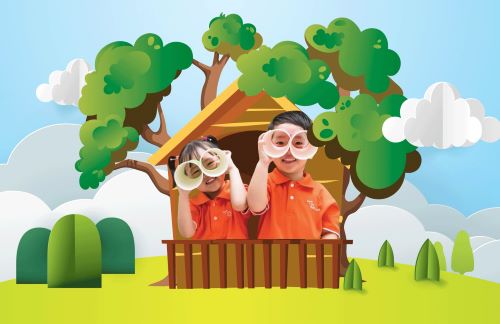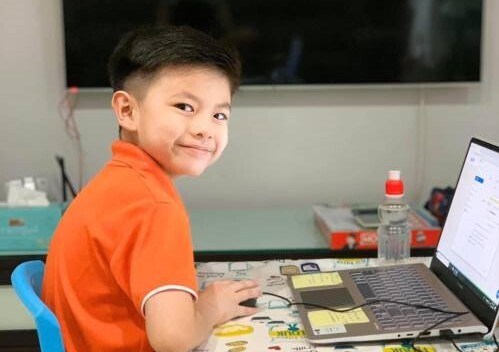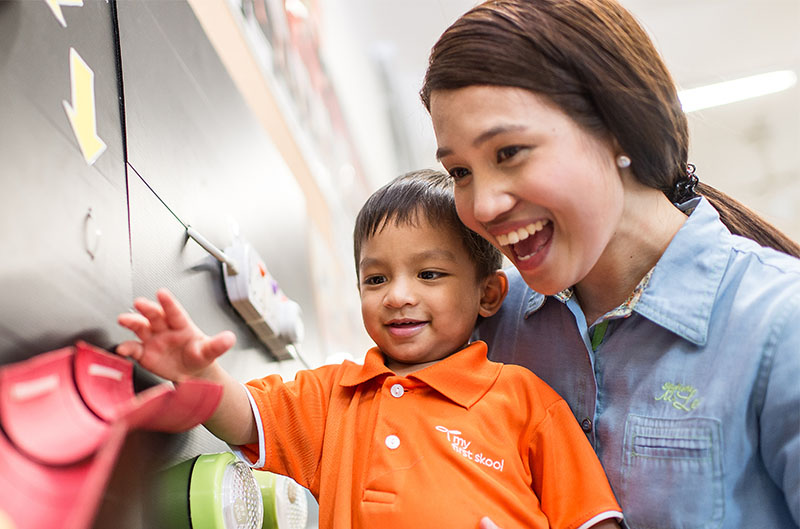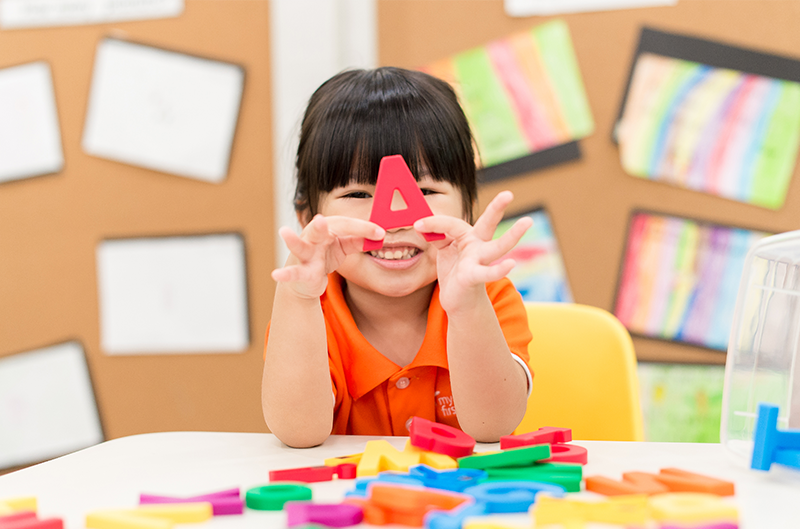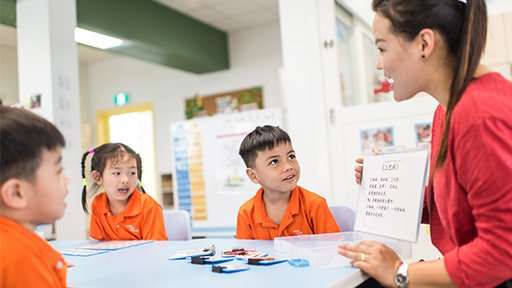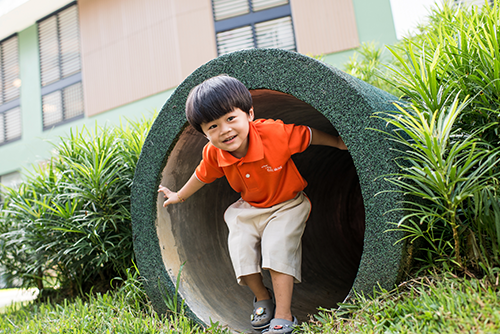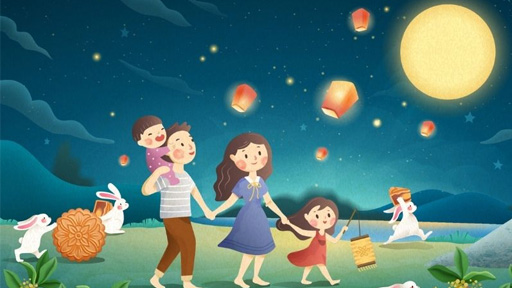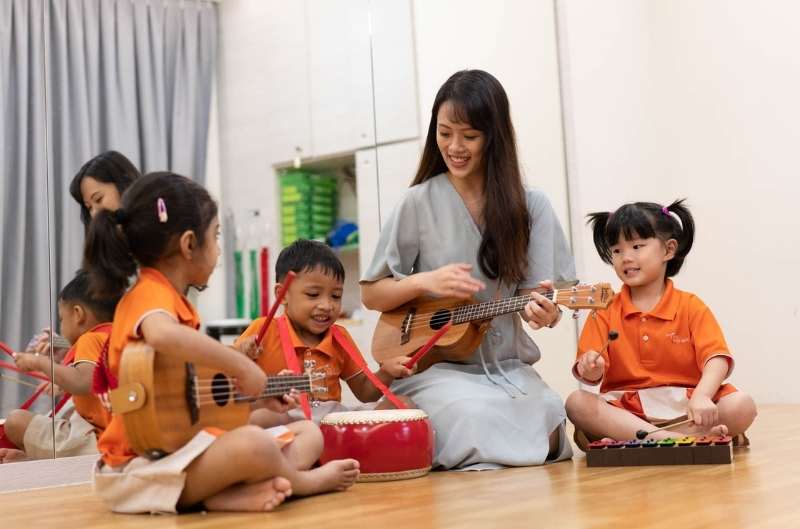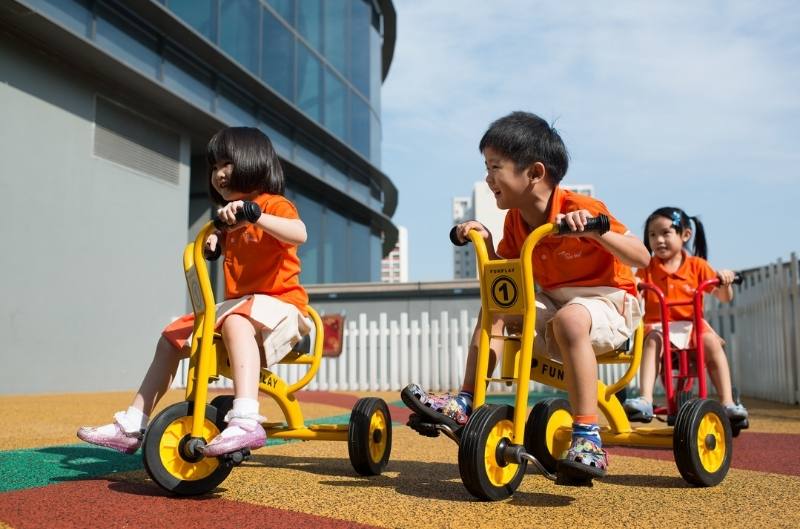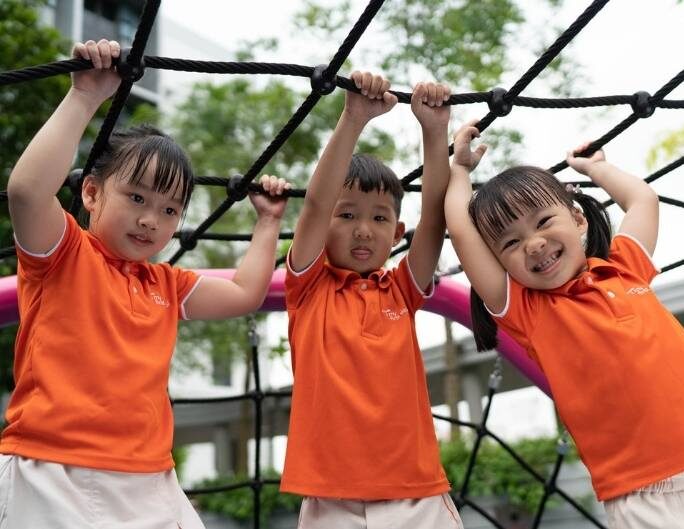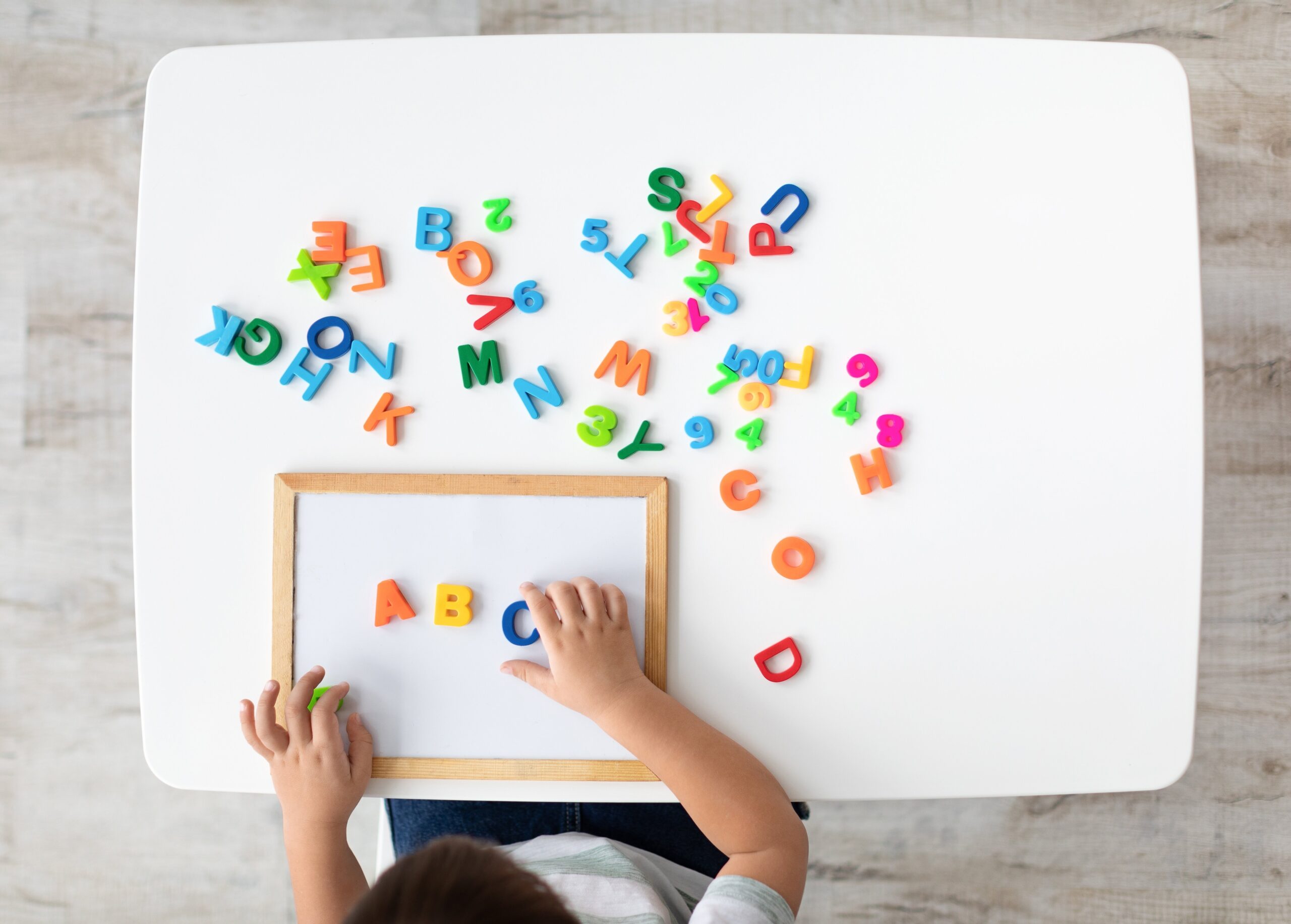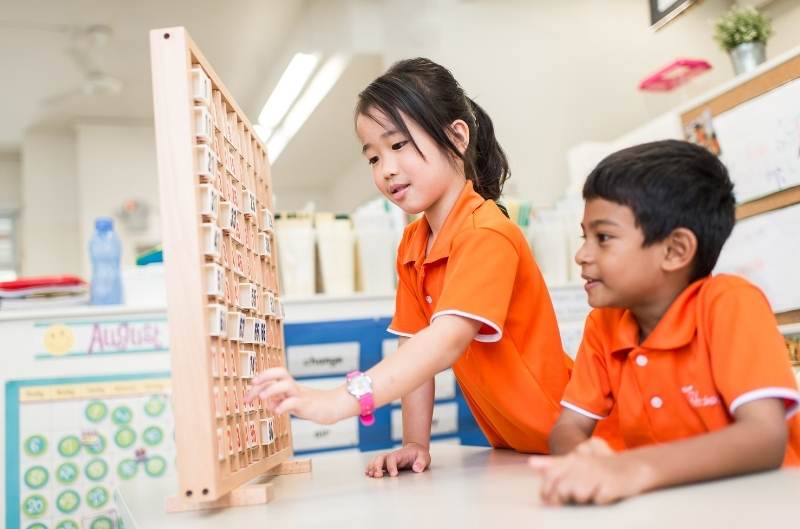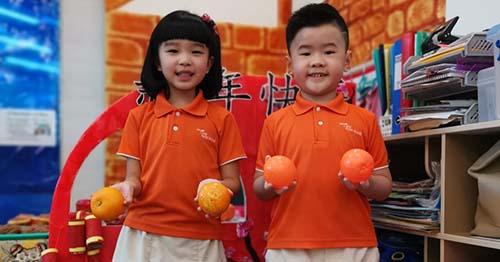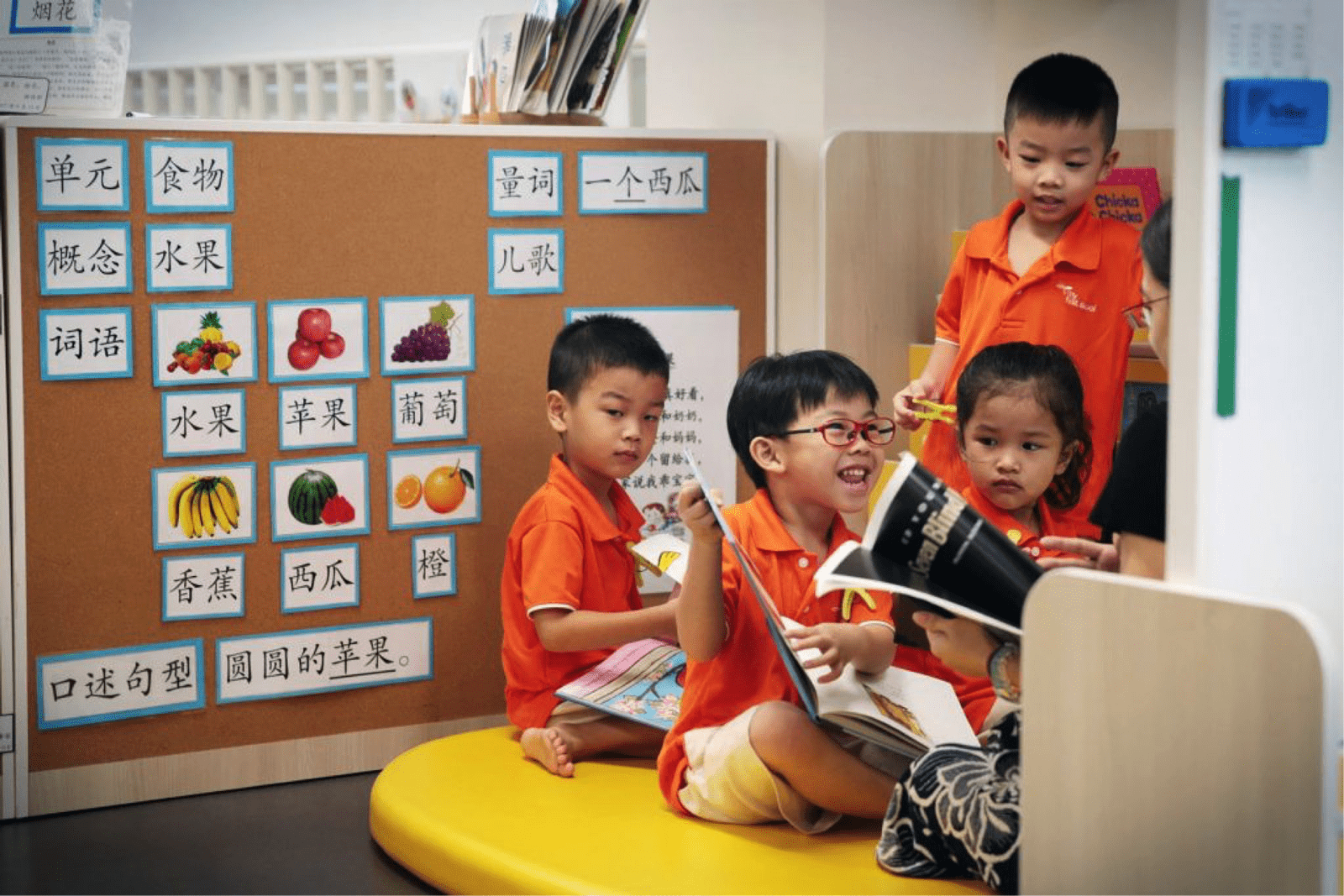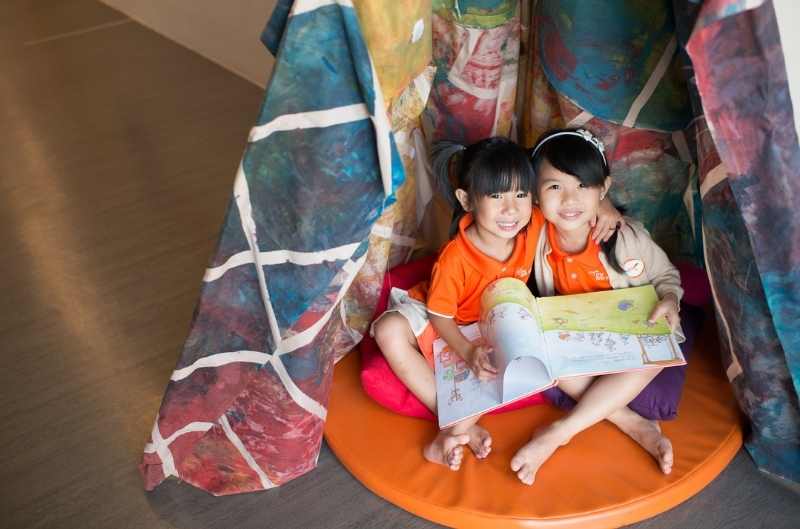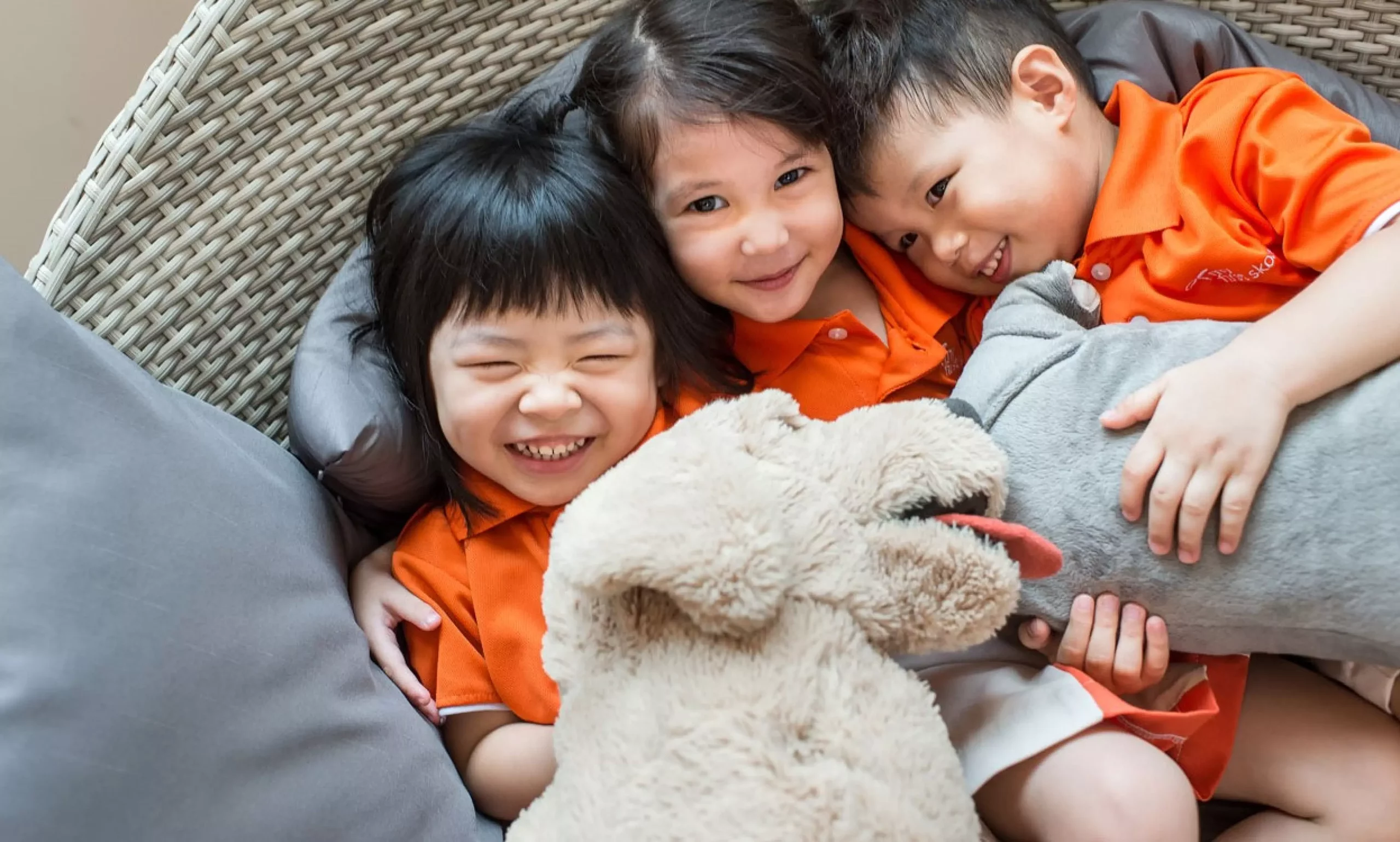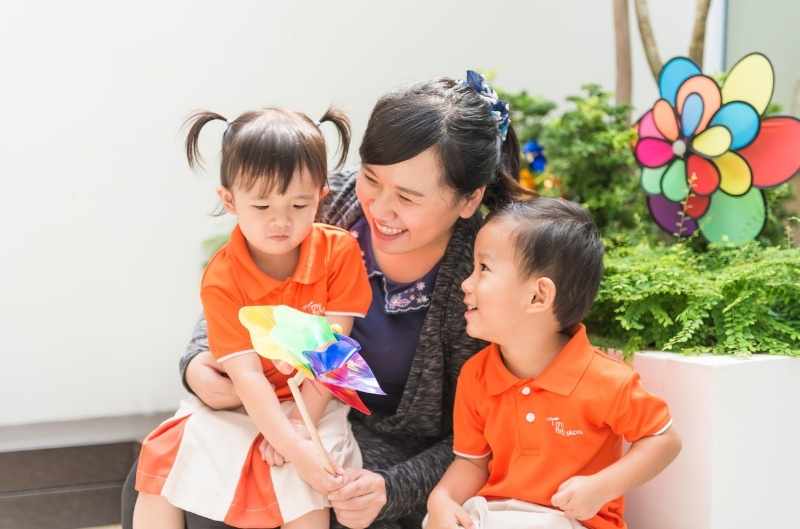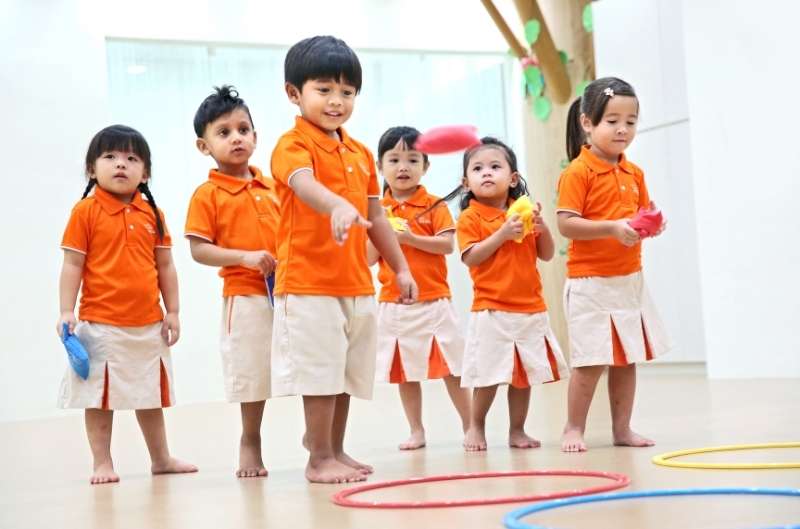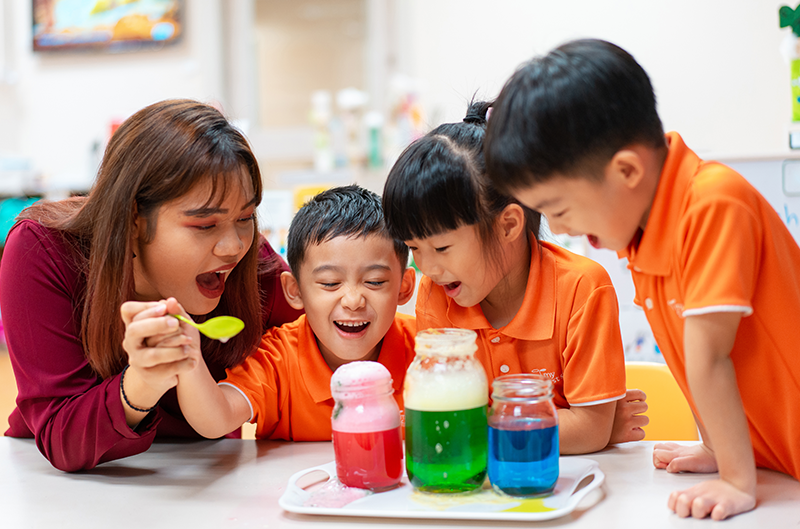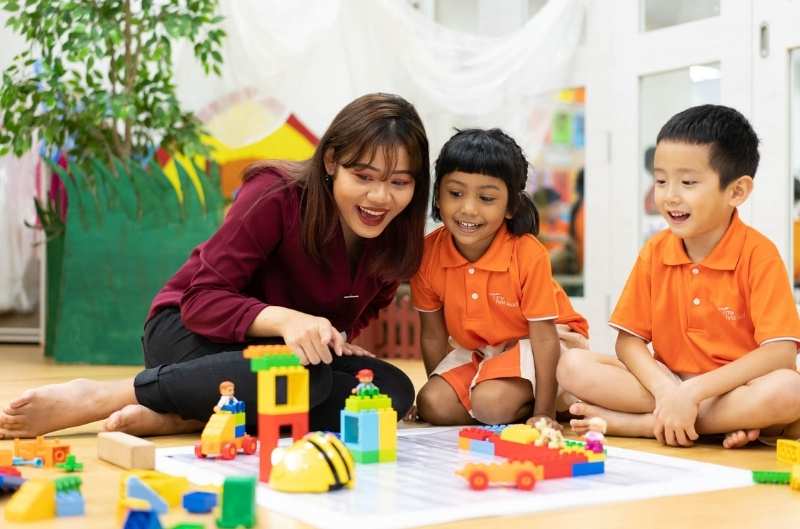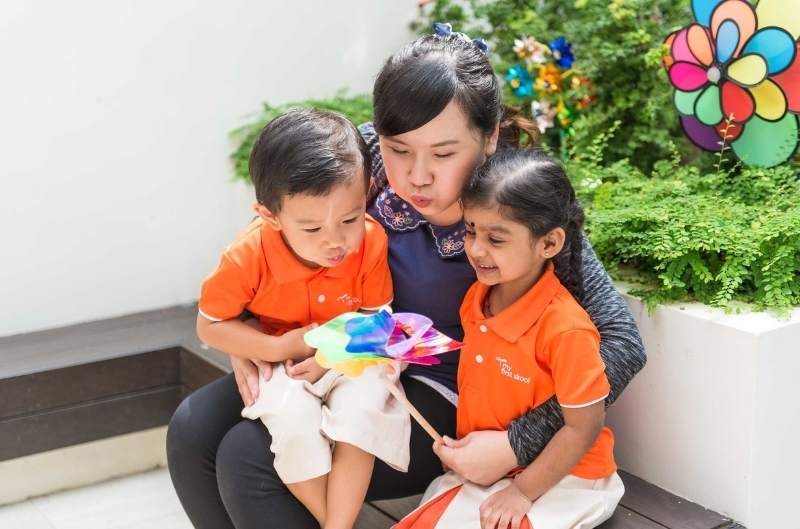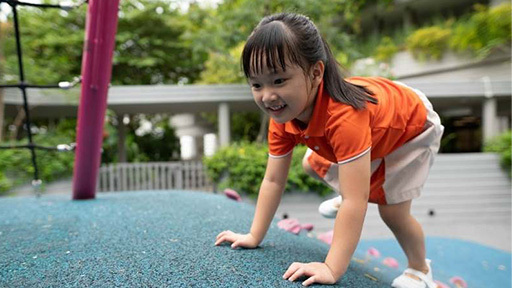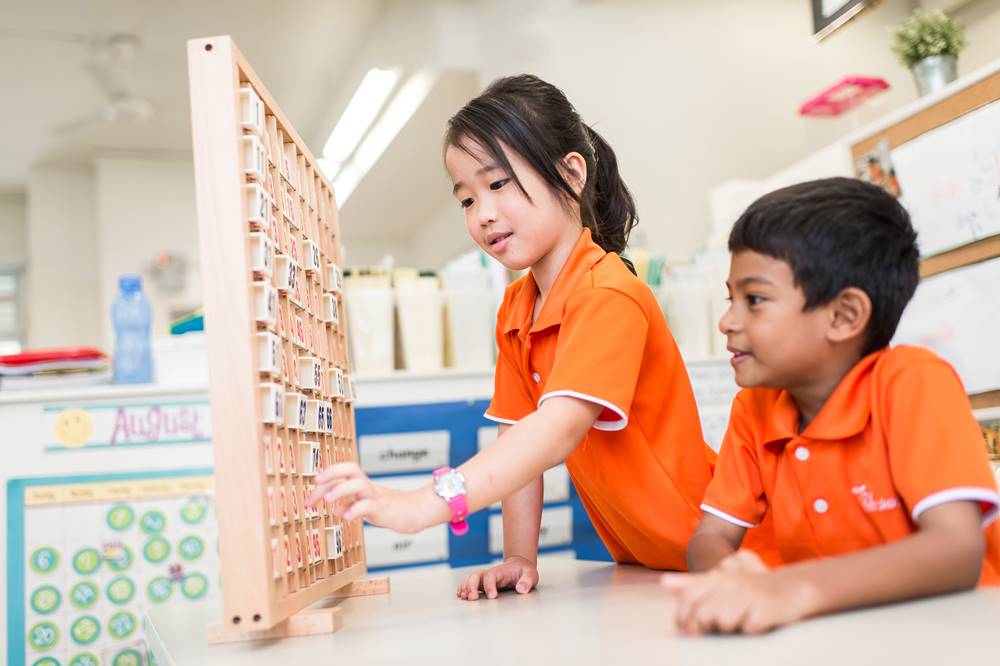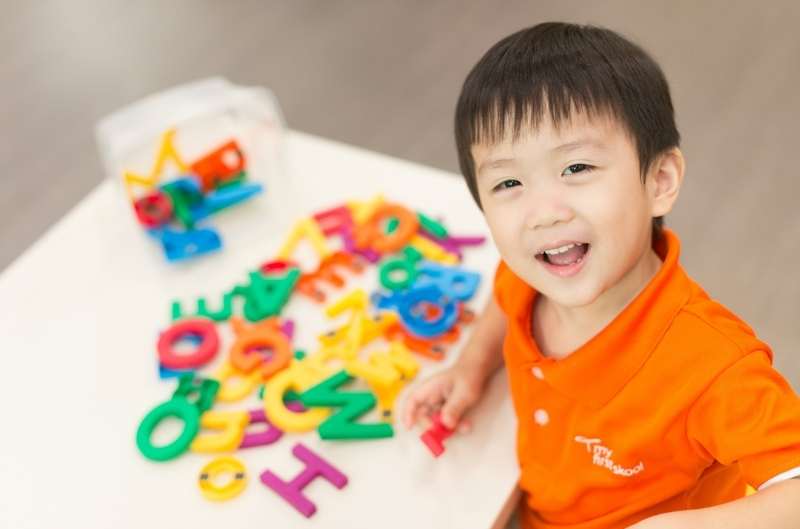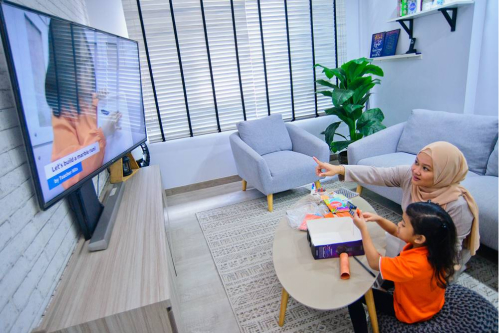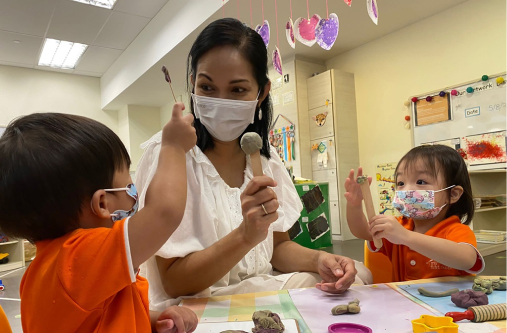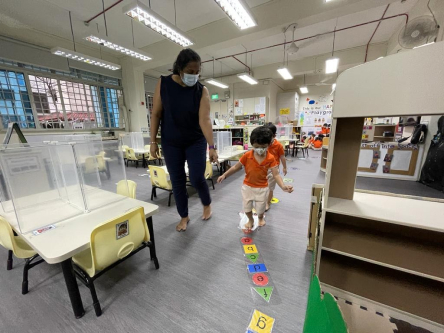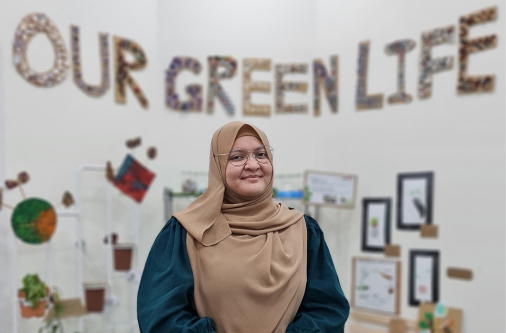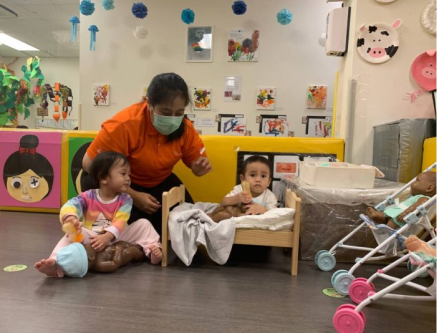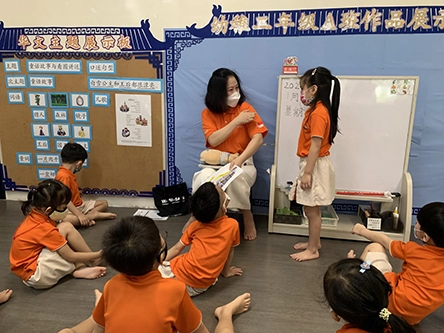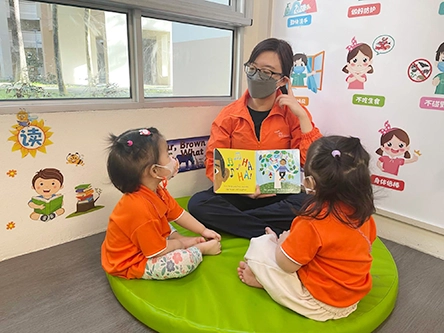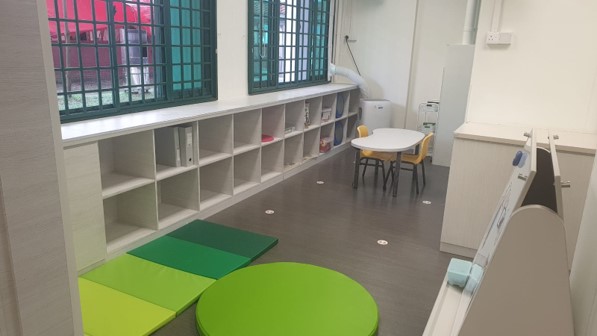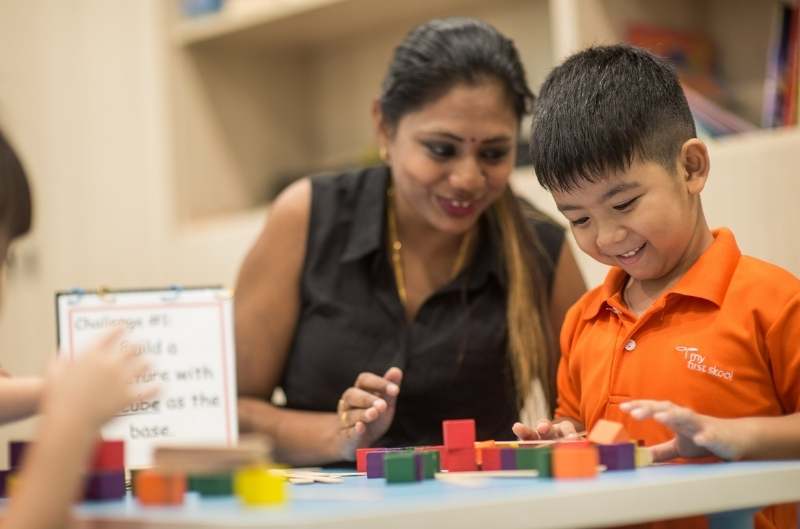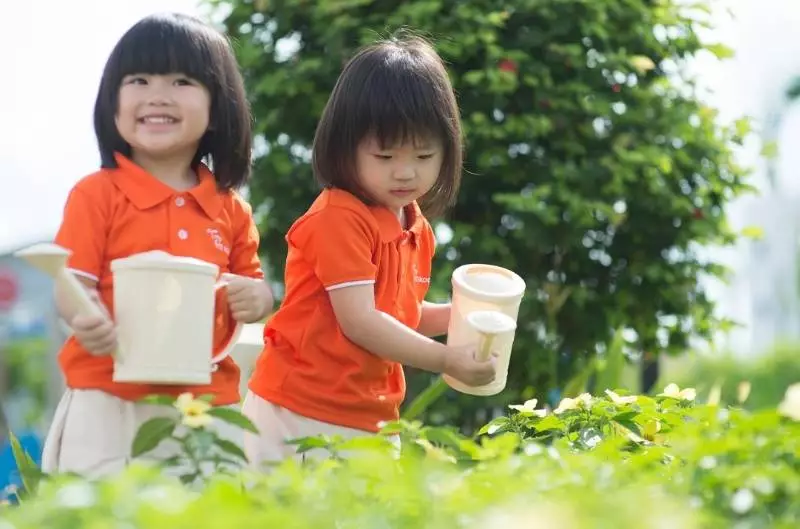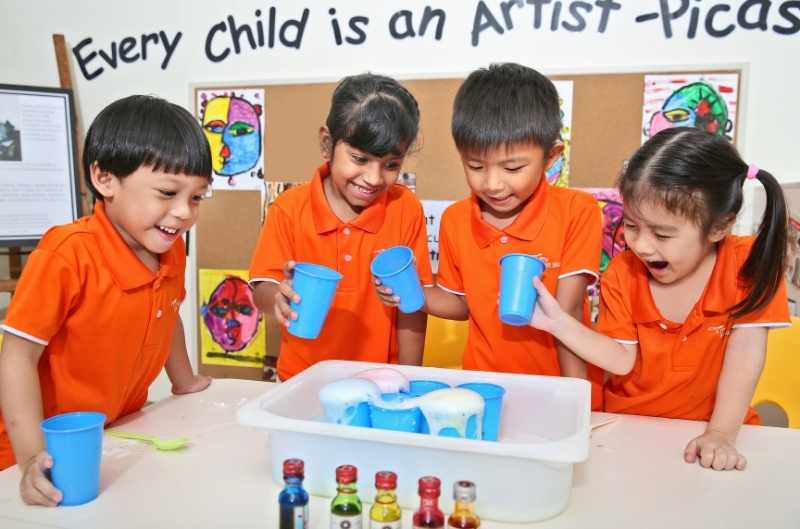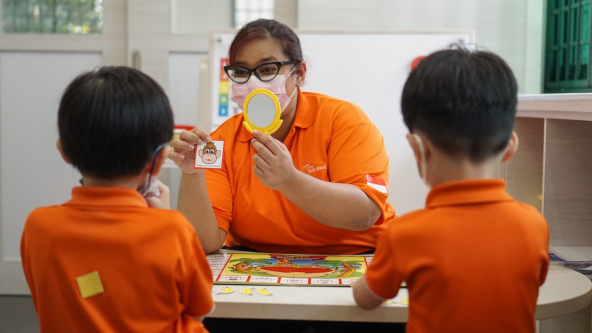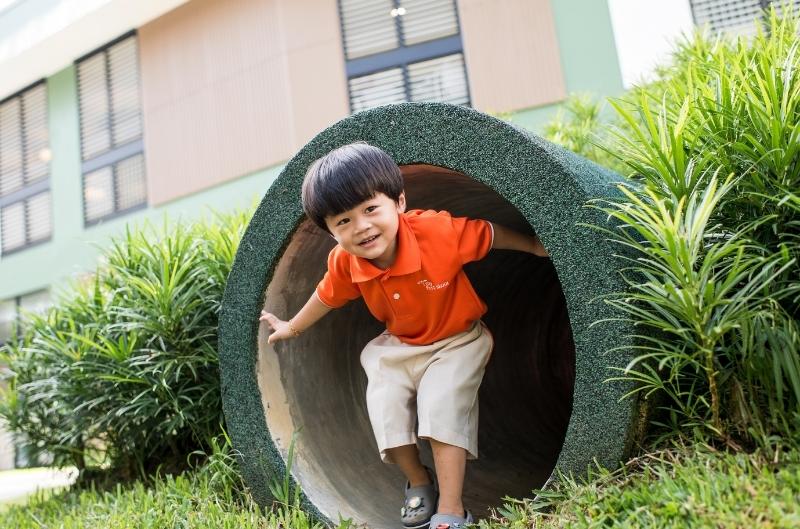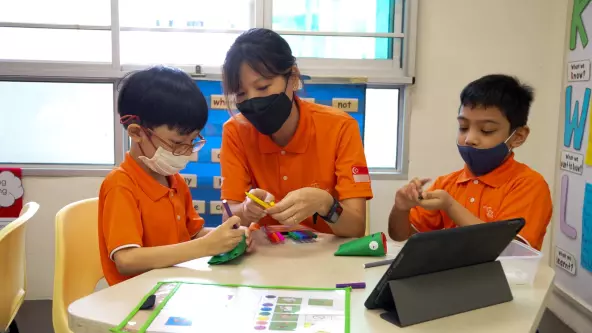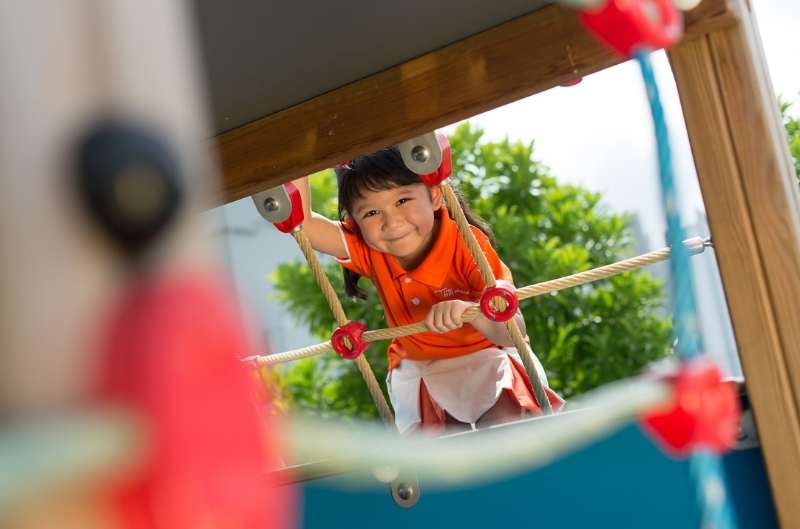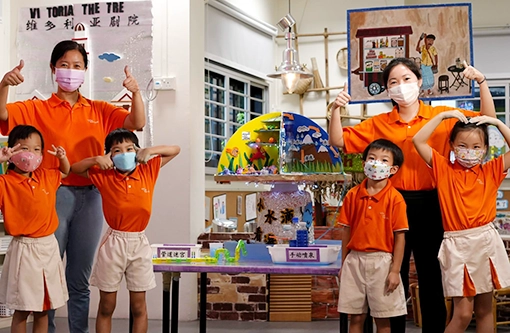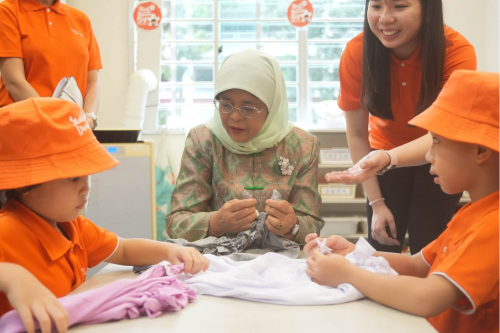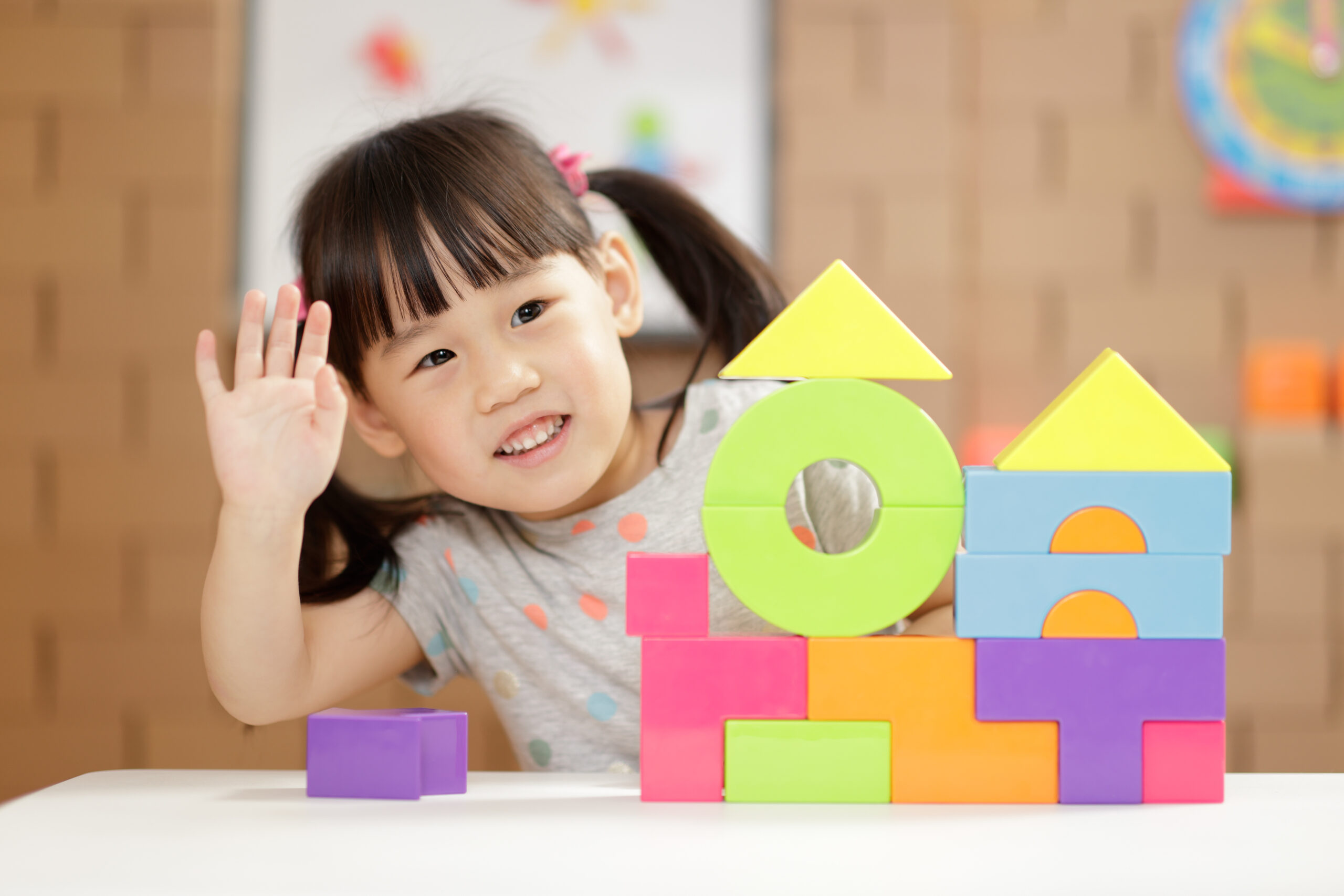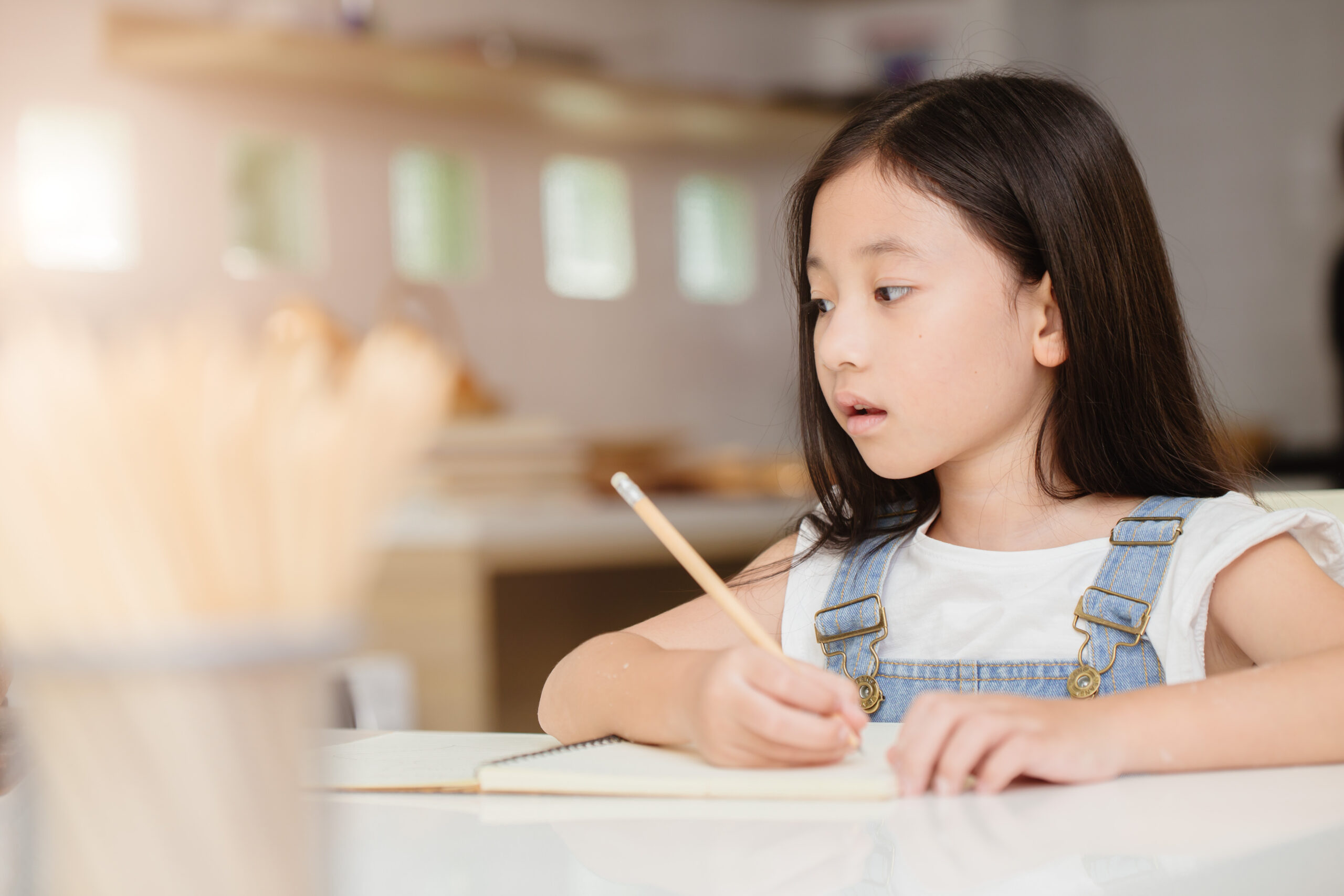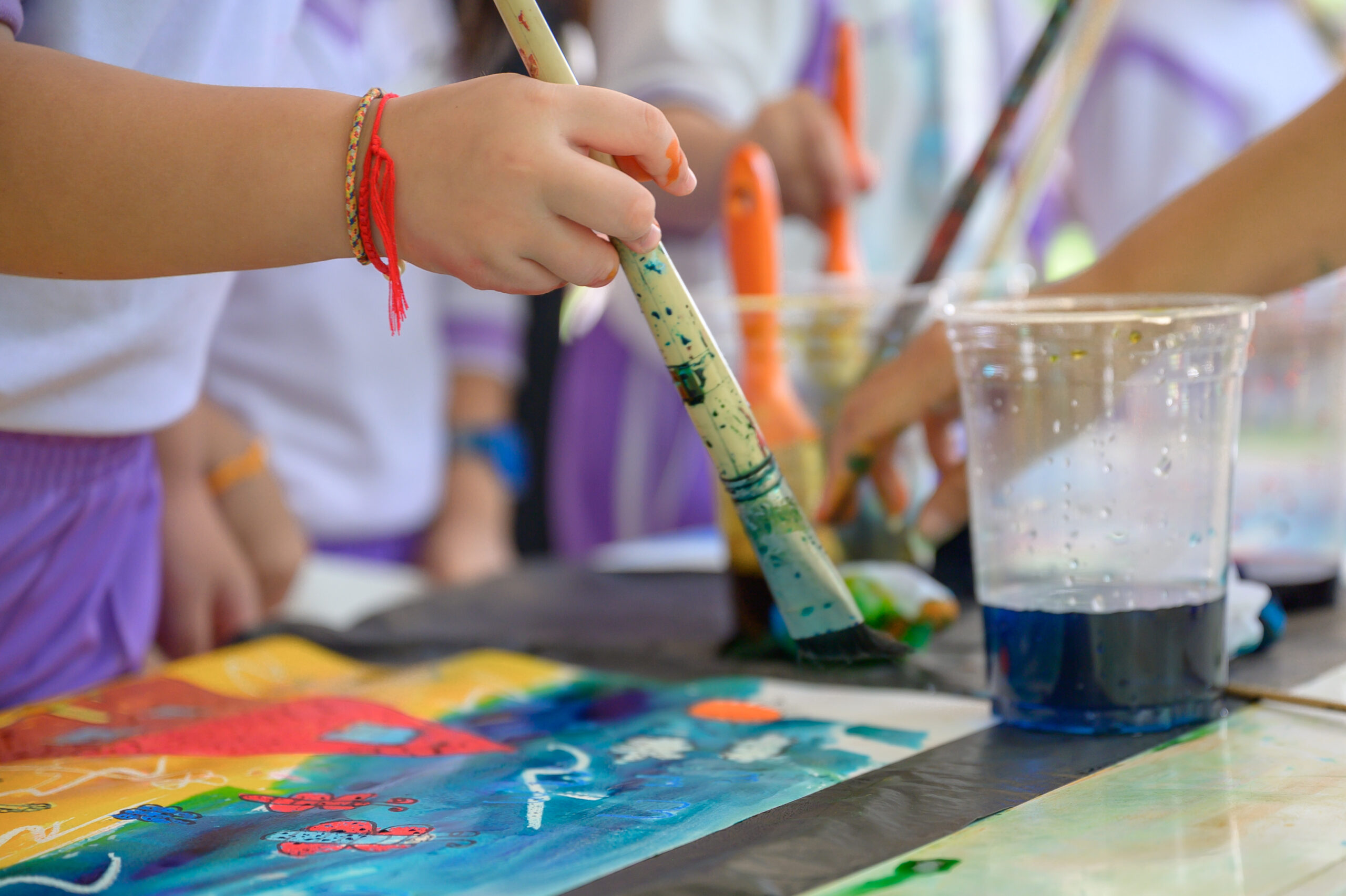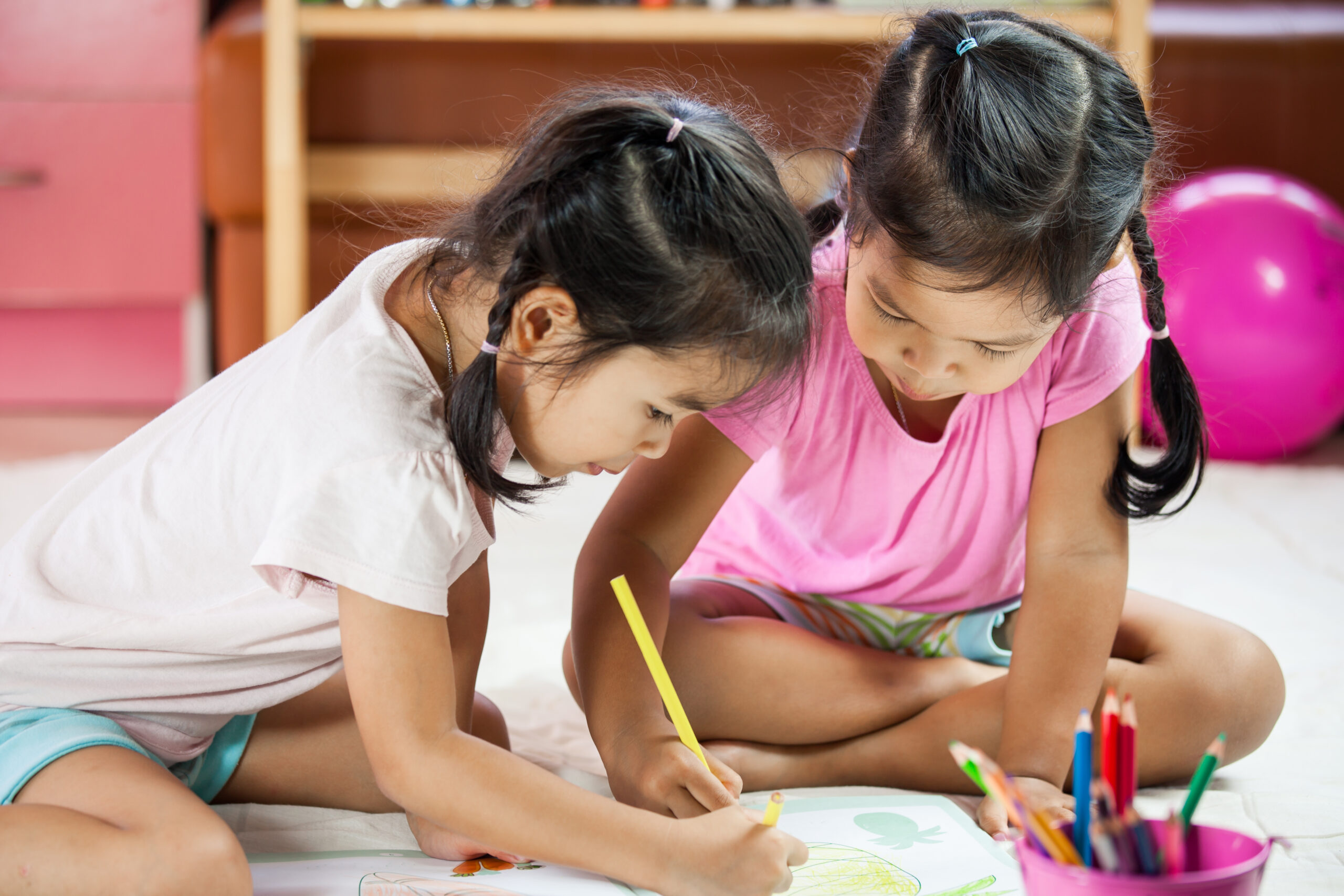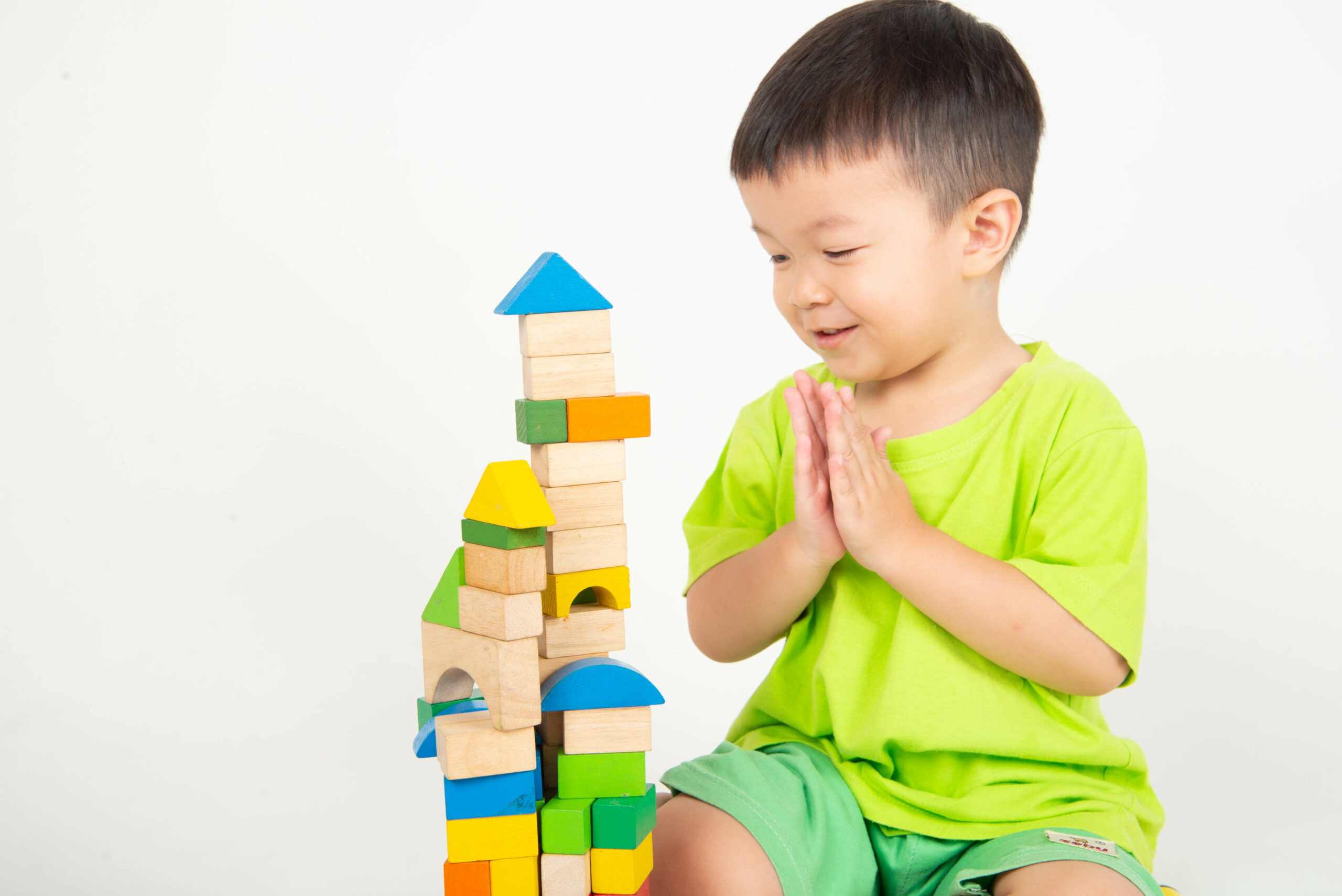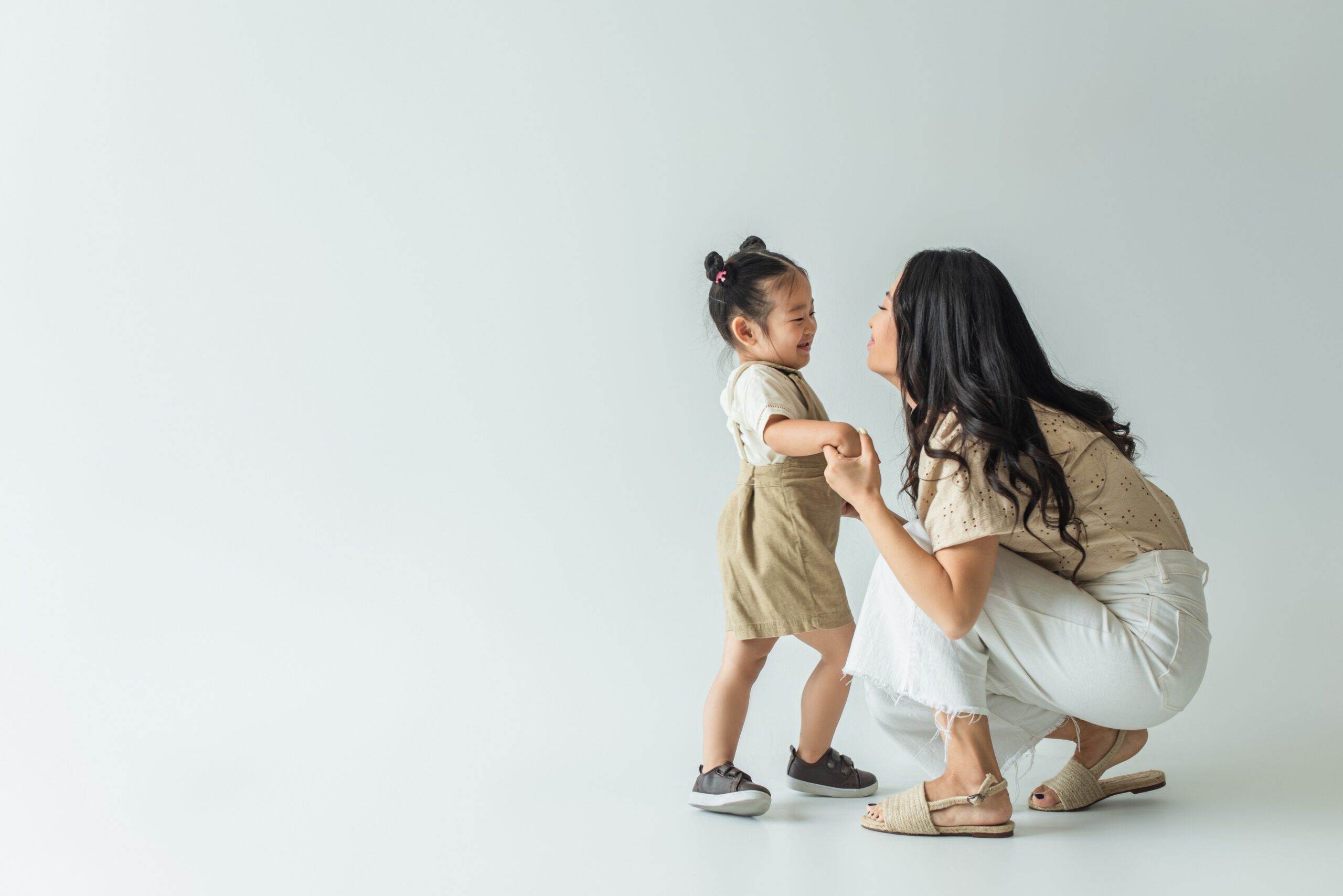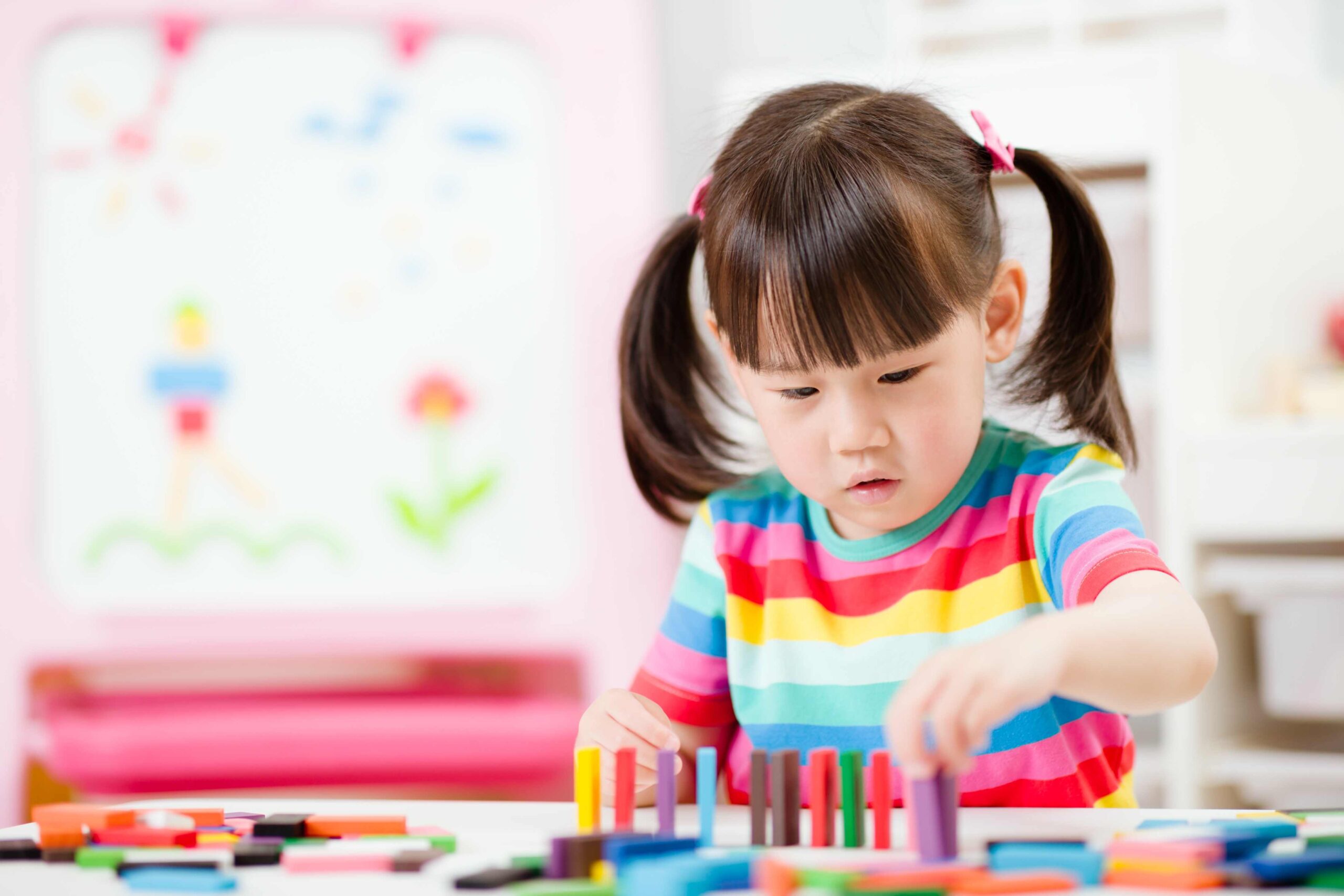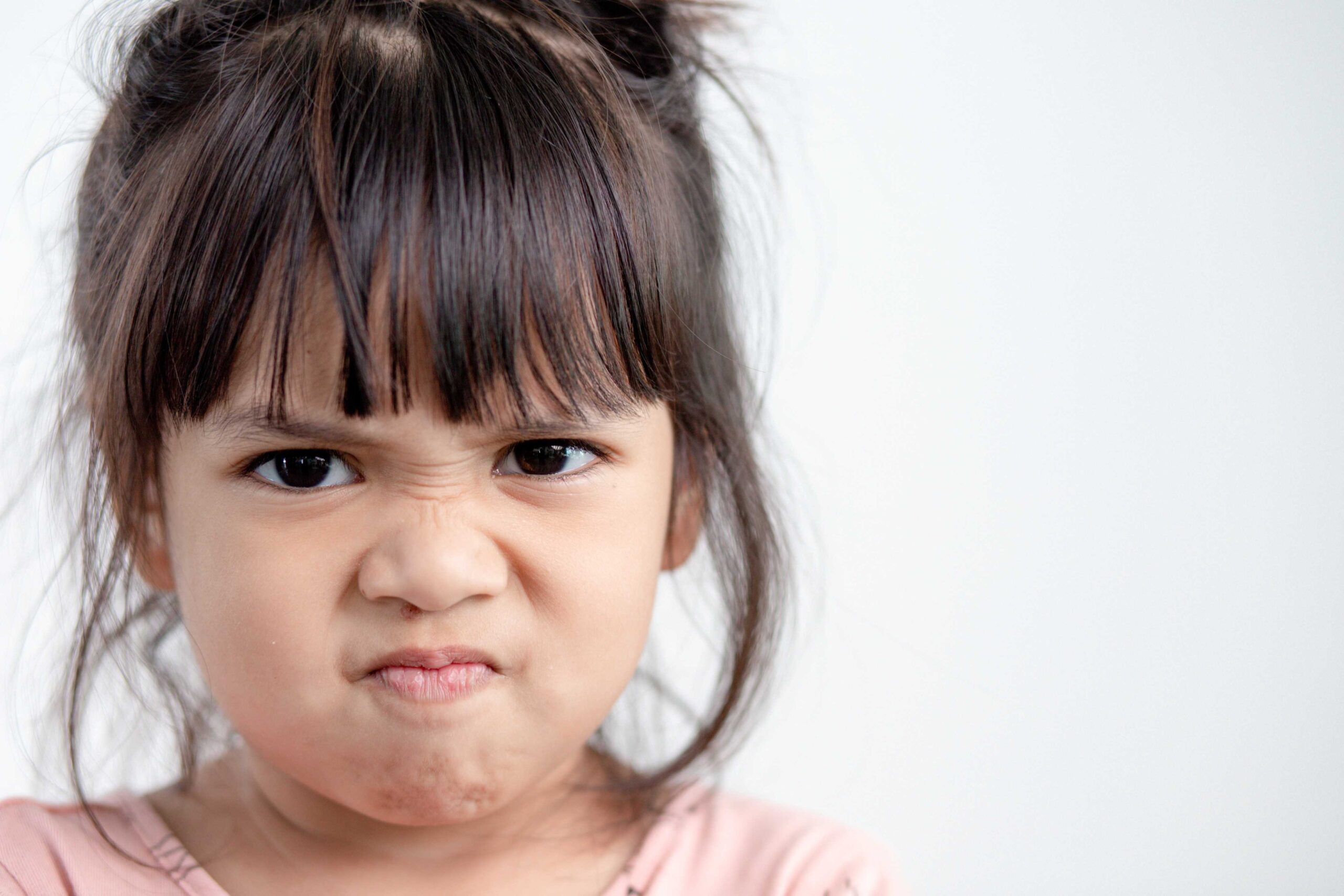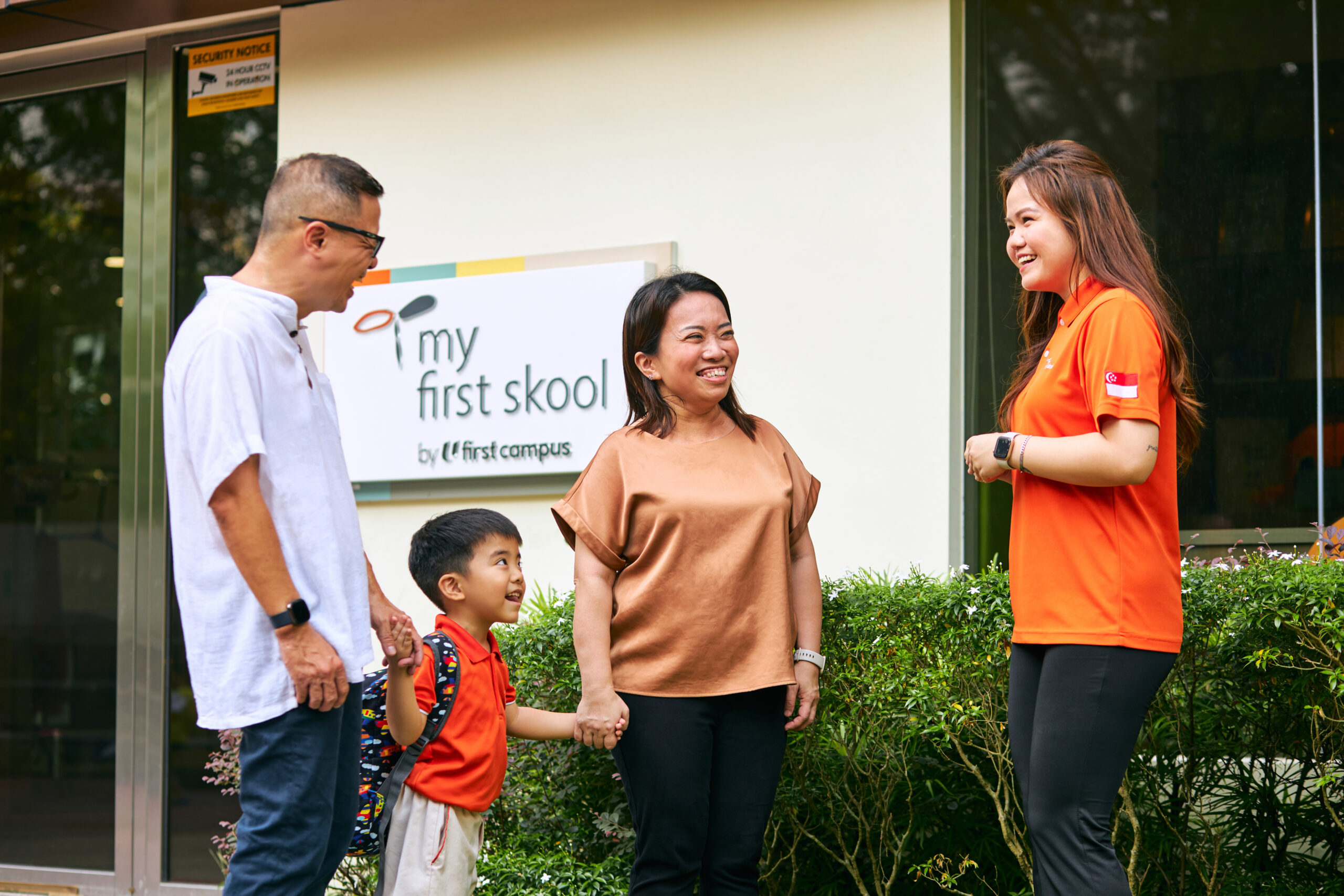How can we help?
16 Chinese Books to Nurture Your Child’s Love for Mandarin
Mother Tongue Learning
The learning of mother tongue has been a common hurdle among Singaporean children, getting them to love it is an even tougher process.
It is no wonder savvy parents of pre-schoolers try to get hold of the best resources to give their children that head-start they need before they go to primary school.
The implementation of Circuit Breaker measures that kicked in on 4th April may put us in a bit of a frenzy, but it may just be the best time to spend some one-on-one time with our little ones and help them to grow their interest in Chinese.
Who knows – a month from now, your child may just surprise his/her preschool teacher with better pronunciation and understanding of the language!
Our team of parents enthusiast have also been chipping in to develop a series of audio books to help other parents who do not want too much screen time for their child can play the audio books. Do keep checking back as we upload the audio book clips to this book list! In the meantime, you can check out some of our English audio books.
Is there a formula to nurturing your child’s interest in Chinese?
Ask any Chinese language expert and chances are you’ll hear them share the same philosophy to mastering the language: 多听,多读,多写,多说 (listen, read, write, and speak more).
Let’s focus on the 多读 (read more) aspect in this article.
Why is it important to多读 (Read more)?
This is one of the most effective ways of nurturing your child’s interest in the Chinese language.
The best part about focusing on this aspect? Once children establish a love for reading (Chinese) books, it will be a lifelong habit that grows up with them!
We understand that many parents have trouble finding Chinese books for their children. This list of recommendations curated by our curriculum specialists will help you get hold of the books that your child will enjoy and learn from.
Chinese books suitable for pre-schoolers
1. 好饿的小蛇 (The little hungry snake) (0 – 3 years old)
Synopsis: Featuring beautiful illustrations by Japanese artist Miyanishi Tatsuya, this book follows the journey of a snake that goes for a walk every day, and encounters a different fruit on each occasion.
Why this book is good: The repetitive text helps etch nouns like “snake”, “eat”, and “going for a walk” on the minds of the young reader, while introducing different fruits to him/her. Your child (and you!) will also enjoy the surprising conclusion at the end of the book; we’re not spoiling it for you – go read it yourself!
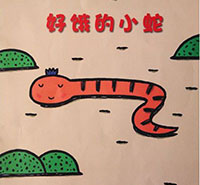
2. 布布爱上动物园 (Bubu loves the zoo) (0 – 3 years old)
Synopsis: This book puts its spotlight on Bubu, who went to the zoo with his mother and fell in love with the animals he saw. At the end of the excursion, Bubu realises while he loves the cute animals, he still loves his mother the most – aww!
Why this book is good: As you flip through the pages, your child will be introduced to the different animals including monkeys, koalas, and elephants that Bubu has fallen in love with. Besides introducing the animals’ names, share with your child the sounds they make too!
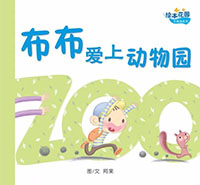
3. 巴士到站了 (The bus has reached its stop) (0 – 3 years old)
Synopsis: At every bus-stop, each featuring a different sight, a passenger gets down the bus and the reader gets a glimpse of what each passenger does and how they feel – happy, excited, tired, or anxious.
Why this book is good: Each character in the story gives the young reader the opportunity to learn about different occupations and roles. Parents can use the book to discuss scenes that their children observe in their own lives and help them understand and express emotions in the process.
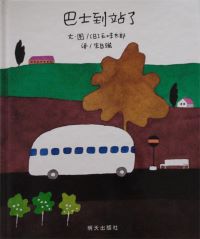
4. 点点点 (Dots) (0 – 3 years old)
Synopsis: There’s no storyline to this book, but it’s a fun, almost “magical” book that’s very engaging. By following simple instructions such as “Press the red dot five times” or “Touch the yellow dot on the right”, the young reader gets to see the page transform as it turns.
Why this book is good: The book triggers creativity and imagination while encouraging children to learn simple instructions in Chinese.
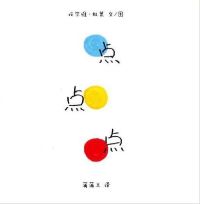
5. 十个手指头和十个脚趾头 (10 fingers and 10 toes) (0 – 3 years old)
Synopsis: By bestselling author Mem Fox, this book introduces babies of different skin colour, hair colour, outfits, and behaviour. As the book progresses, the reader eventually realises that despite the cultural differences, every baby shares several similarities: they have 10 fingers and 10 toes, love to play, and have loving mothers.
Why this book is good: This heart-warming story doesn’t just nurture your child’s love for Chinese, but more importantly, it helps them be more loving and empathetic towards people who appear different from them.
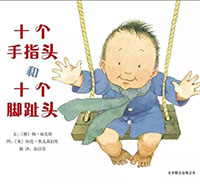
6. 早安 (Good morning) (0 – 3 years old)
Synopsis: This simple book introduces the different people a little girl meets from the time she wakes up to when she goes out of her house, as she greets each of them politely.
Why this book is good: Featuring sights familiar to the Singaporean kid, such as a hawker centre and elderly people doing exercises at a park, your child will find the images relatable. The book also teaches children to greet everyone they see politely.
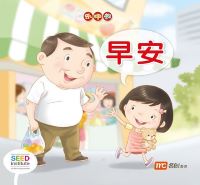
7. 穿衣服 (Wear my clothes) (0 – 3 years old)
Synopsis: An An learns to be independent and dresses himself in the morning. He gets it wrong at first but finally does correctly when he tries it a second time!
Why this book is good: It encourages older toddlers to be more independent and inculcates the idea that it’s okay to fail on their first try – try again and they will eventually do it right.
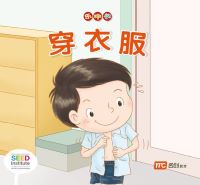
8. 洗澡 (Take a bath) (0 – 3 years old)
Synopsis: Different animals share why they enjoy baths – because they love smelling good. The beautifully illustrated book is completed with the last two pages, showing how Baby loves to take a bath to smell good too!
Why this book is good: The repetition helps the young reader to learn animal names and useful words like “bath” and “smelling good”. It may help the child look forward more to bath-time too!
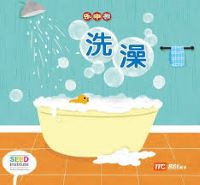
9. 睡午觉 (Take a nap) (0 – 3 years old)
Synopsis: An An goes out to look for his friends to play together only to find that they are taking naps. He decides to return home for a nap too.
Why this book is good: The simple storyline isn’t just relatable to your child, but also offers room for you to prompt your child with questions, for instance about what each character is doing or the child’s own nap routine.
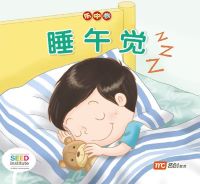
10. 夜晚 (Night-time) (0 – 3 years old)
Synopsis: Using illustrations that stretch across two pages, the book tells the young reader what different animals dream of when they are sleeping, as well as what Baby dreams of.
Why this book is good: Each paragraph follows a similar sentence structure of introducing what each character (for example, a cat) had stopped doing at night (stopped meowing) because it is sleeping and dreaming about an activity it enjoys (fishing). In the process, your child gets to learn animal names, the sounds they make, and different activities.
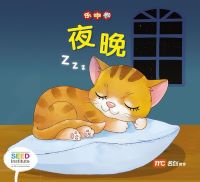
11. 洗头 (Washing hair) (0 – 3 years old)
Synopsis: The animals in the book enjoy washing their hair because of the fun hairstyles they can create in the process.
Why this book is good: The simple storyline is easy for your child to understand and the repetition throughout the book helps the young reader remember animal names and words like “hair-wash”. You can also make reference to the book the next time your child puts up a fuss about hair-washing!
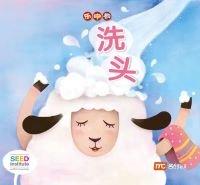
12. 好饿的毛毛虫 (The very hungry caterpillar) (4 – 6 years old)
Synopsis: The Chinese version of the popular The Very Hungry Caterpillar, this book follows the food-searching (and eating!) journey of a caterpillar until it finally stops eating, builds a “house” for itself, and then emerges as a beautiful butterfly two weeks later!
Why this book is good: Using beautiful illustrations to showcase the food that the caterpillar ate (one apple, two pears, three plums…), the book makes learning how to count more fun. The story also helps the child recognise the Chinese names for fruits, and appreciate the transformation of a caterpillar to a butterfly.
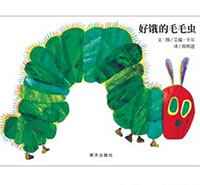
13. 母鸡萝丝去散步 (Rosie’s Walk) (4 – 6 years old)
Synopsis: Translated from a classic children’s book by Pat Hutchins, this is a funny story of Rosie the hen who unknowingly led a fox that is trying to catch her through a series of obstacles, getting him into many accidents.
Why this book is good: The fun and engaging story will tickle the funny bone of your child while he/she learns new words in the book.
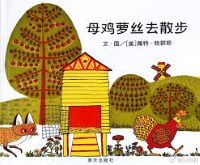
14. 爷爷一定有办法 (Something from Nothing) (4 – 6 years old)
Synopsis: Translated from Something from Nothing by Phoebe Gilman, an adaptation of a Jewish folktale, the book describes how a blanket Grandpa made for young Joseph grew up with him over the years, transforming into a jacket, a button, and finally, a story.
Why this book is good: Besides being a great resource to introduce a few useful nouns to your child, the heart-warming story also reminds him/her to not just enjoy gifts for what they are, but more importantly, that they’re a token from the giver’s heart.
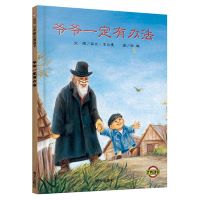
15. 猜猜我有多爱你 (Guess how much I love you) (4 – 6 years old)
Synopsis: A little hare asked his daddy to guess how much he loves him, and expresses his love by comparing it to how wide he can reach and how far he can hop. His daddy reciprocated with similar expressions; the adult hare can reach further and hop higher, indicating how much more he loves him.
Why this book is good: Many parents and kids love the ending of this book: the little hare tells his daddy that he loves him right up to the moon and his daddy replies that he loves him to the moon – and back. (Now you know where this popular expression came from!) Besides picking up new verbs, children also get a deeper sense of how much their parents love them.
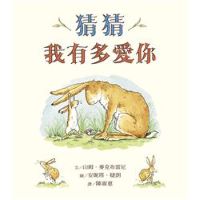
16. 第五个 (Next, Please) (4 – 6 years old)
Synopsis: The story features five sad toys sitting in a gloomy room waiting for their turn to be called. The atmosphere turns from ominous to joyful as each toy emerges looking renewed and more energetic. It turns out that they have visited the toy doctor who helped them get better!
Why this book is good: The simple text and beautiful illustrations teach the young reader to count and to understand that the doctor isn’t scary – but helps make every sick child feel well. It’s definitely a good book to revisit before every doctor’s appointment!
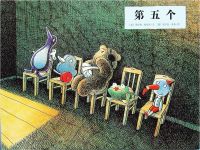
Remember, the more you exposed your child to the language, the easier it is for them to be acquainted with the language. Do keep coming back to check out our audio books!


